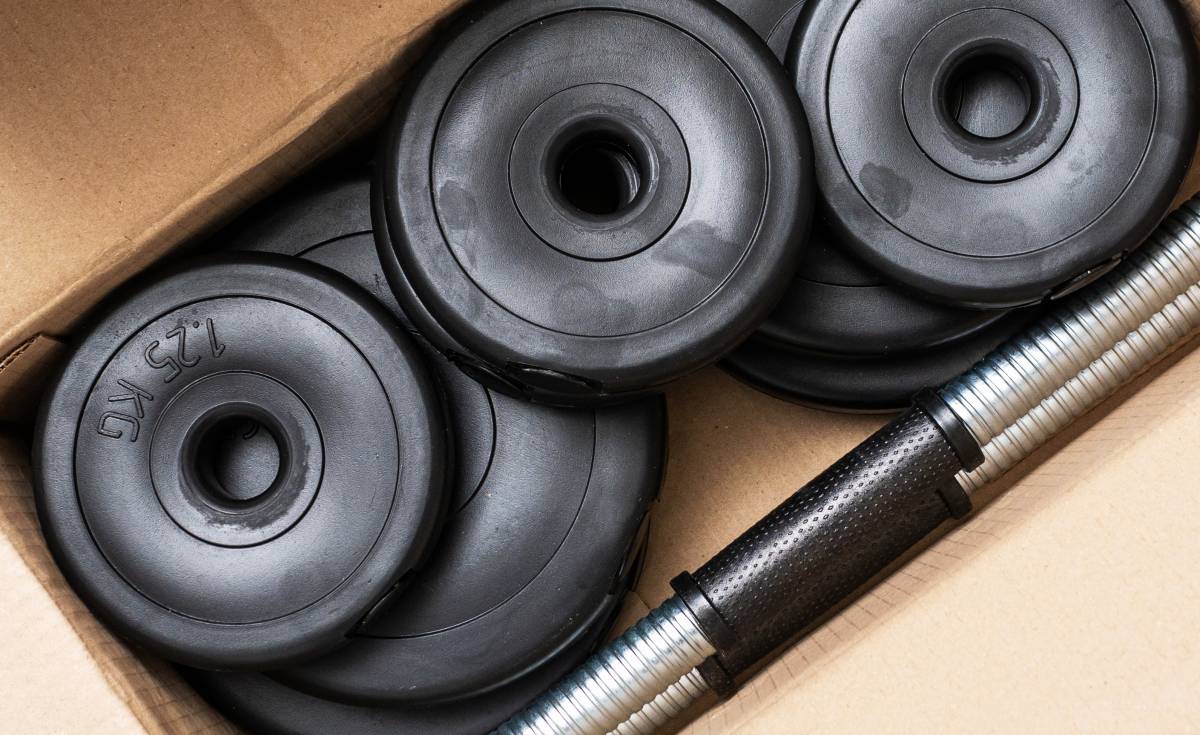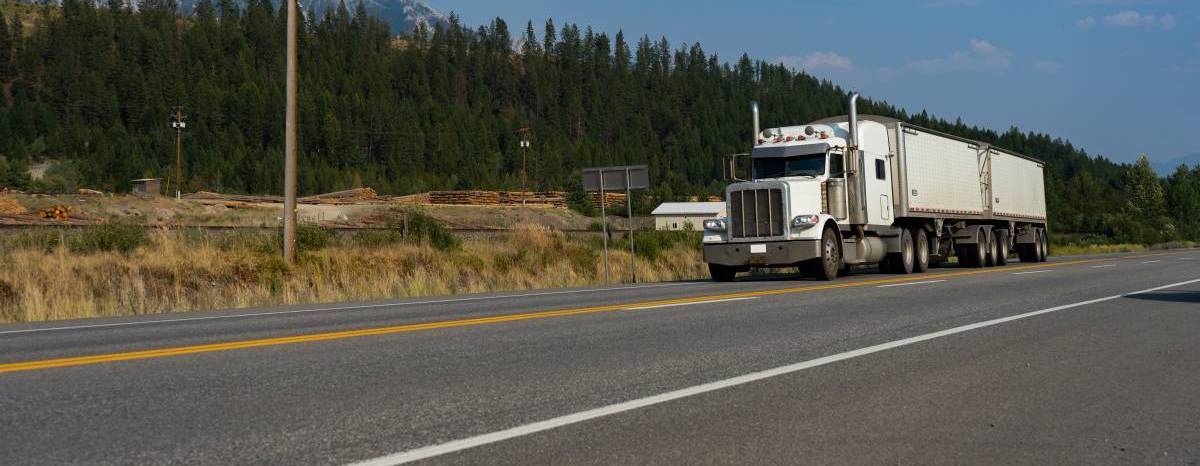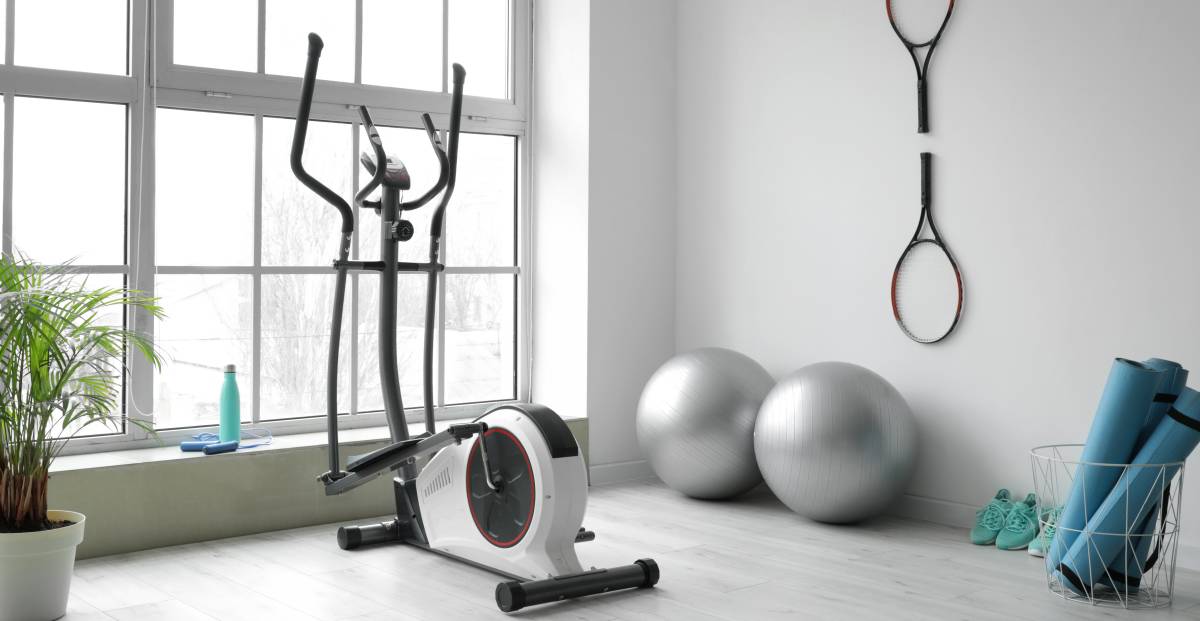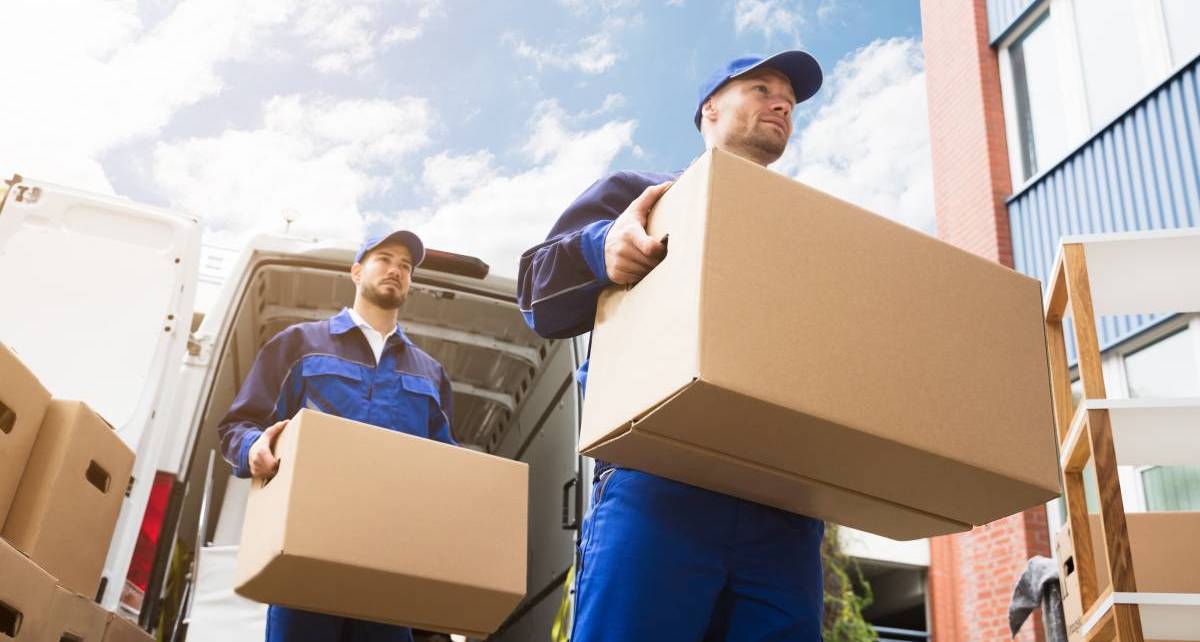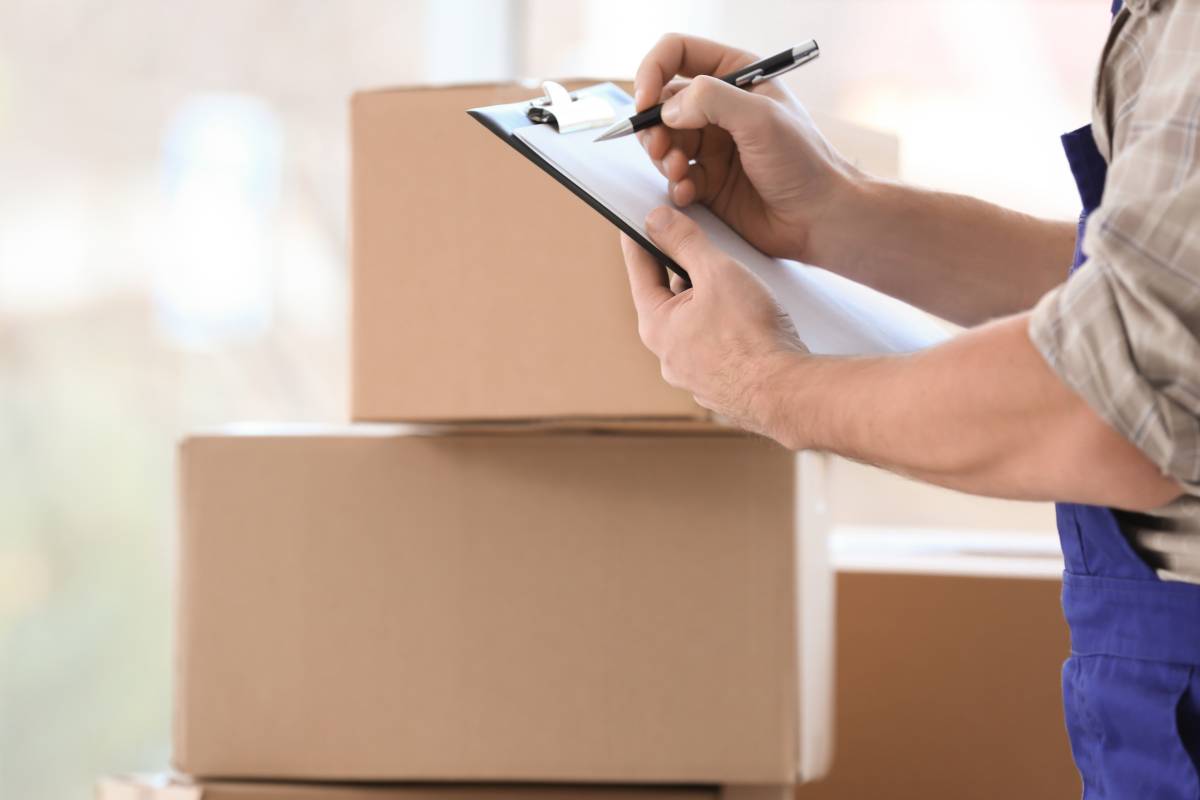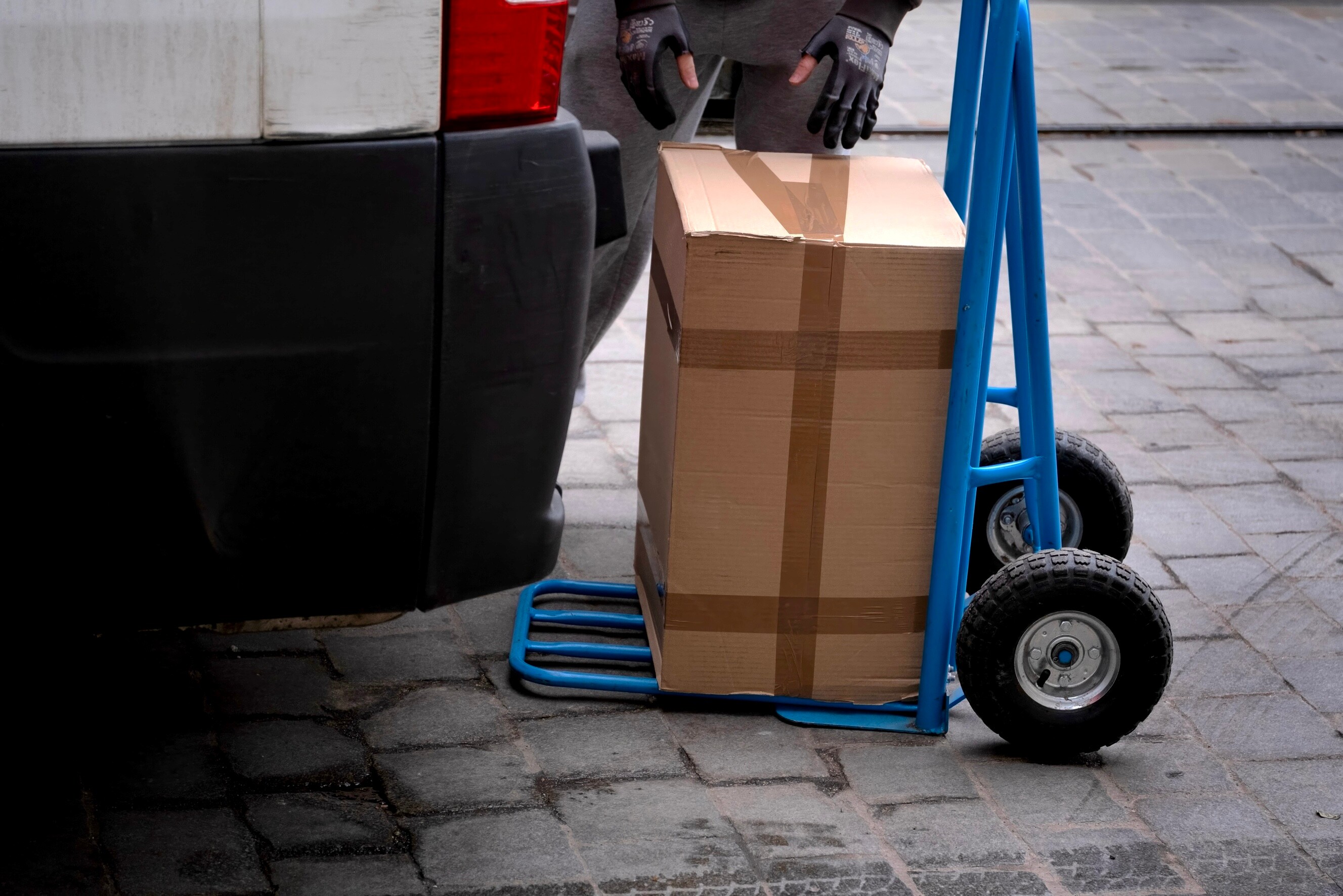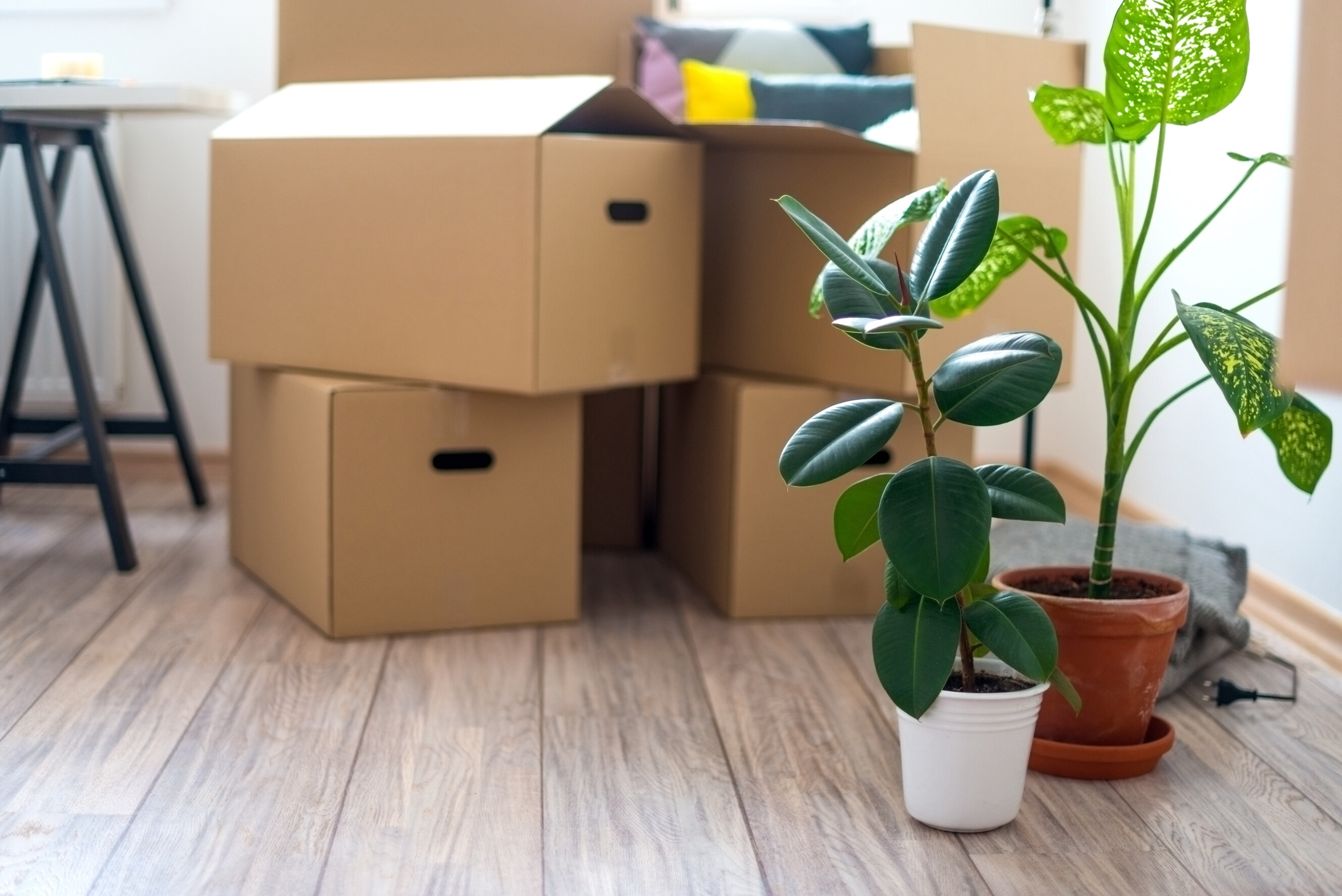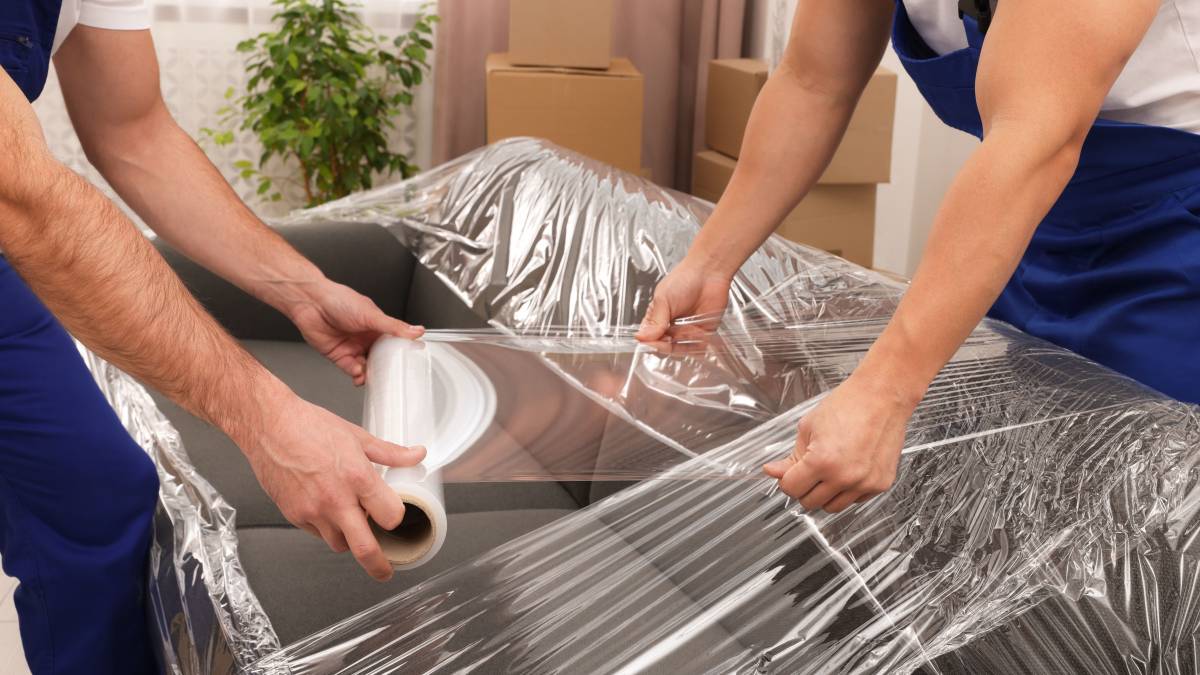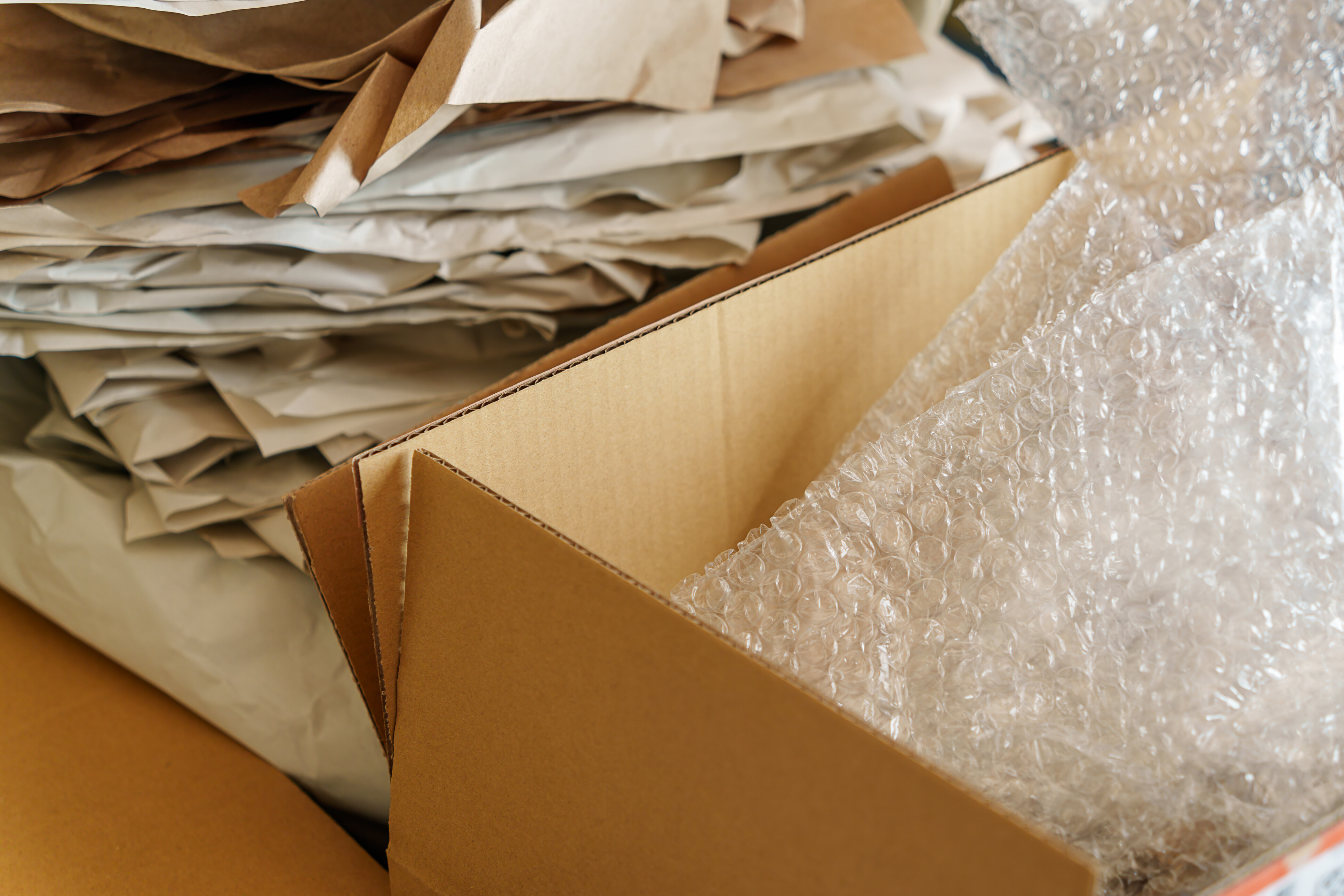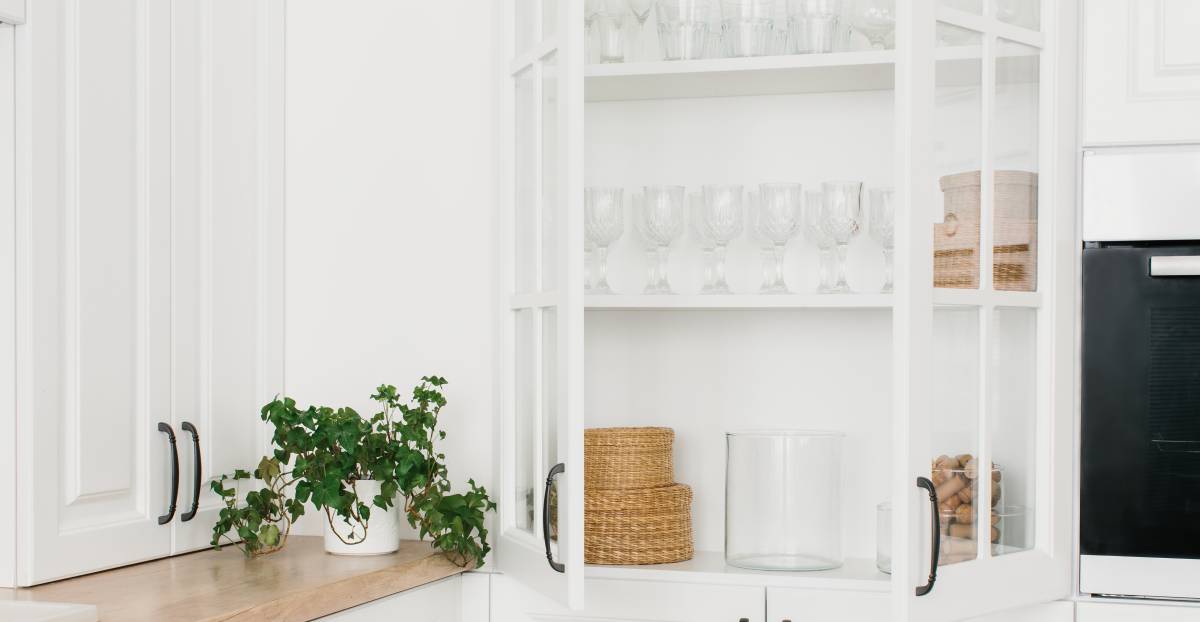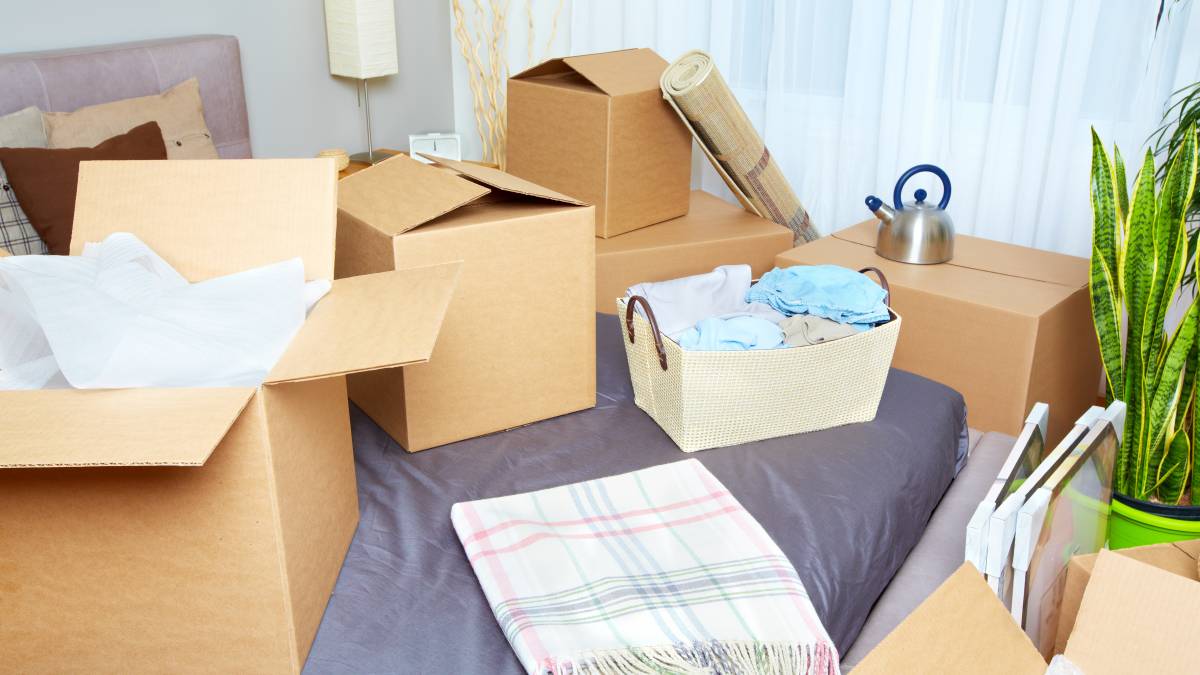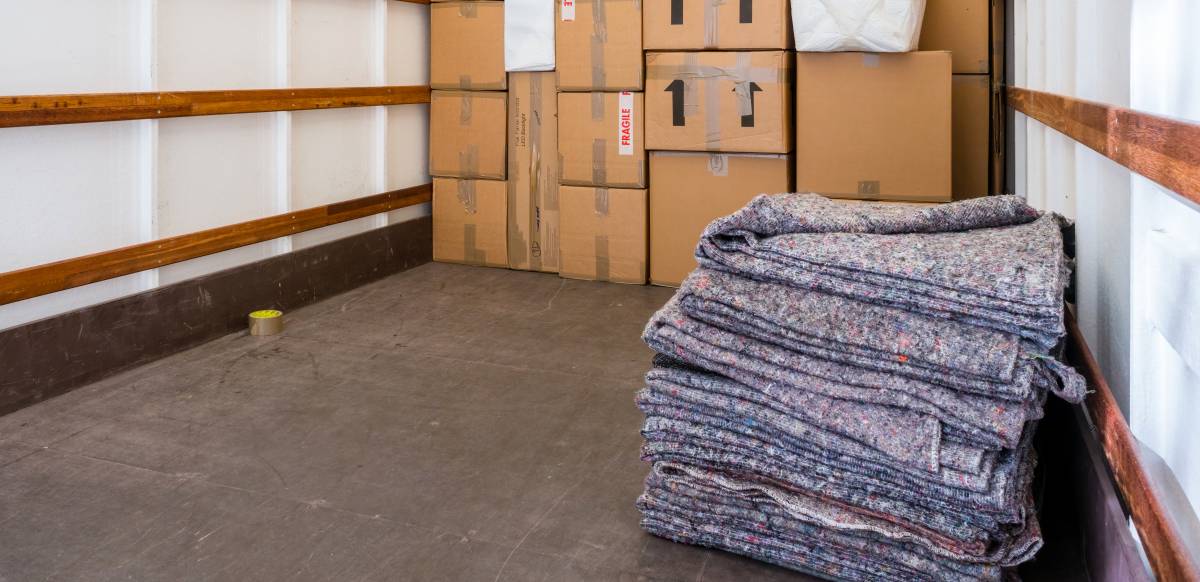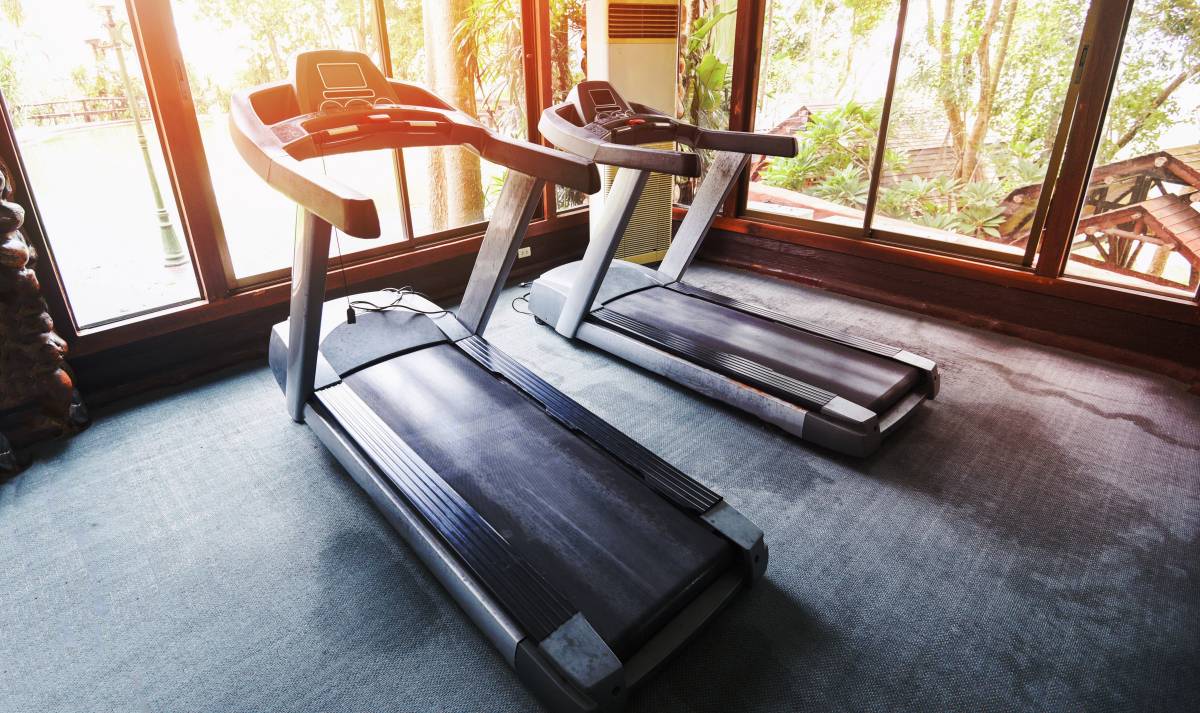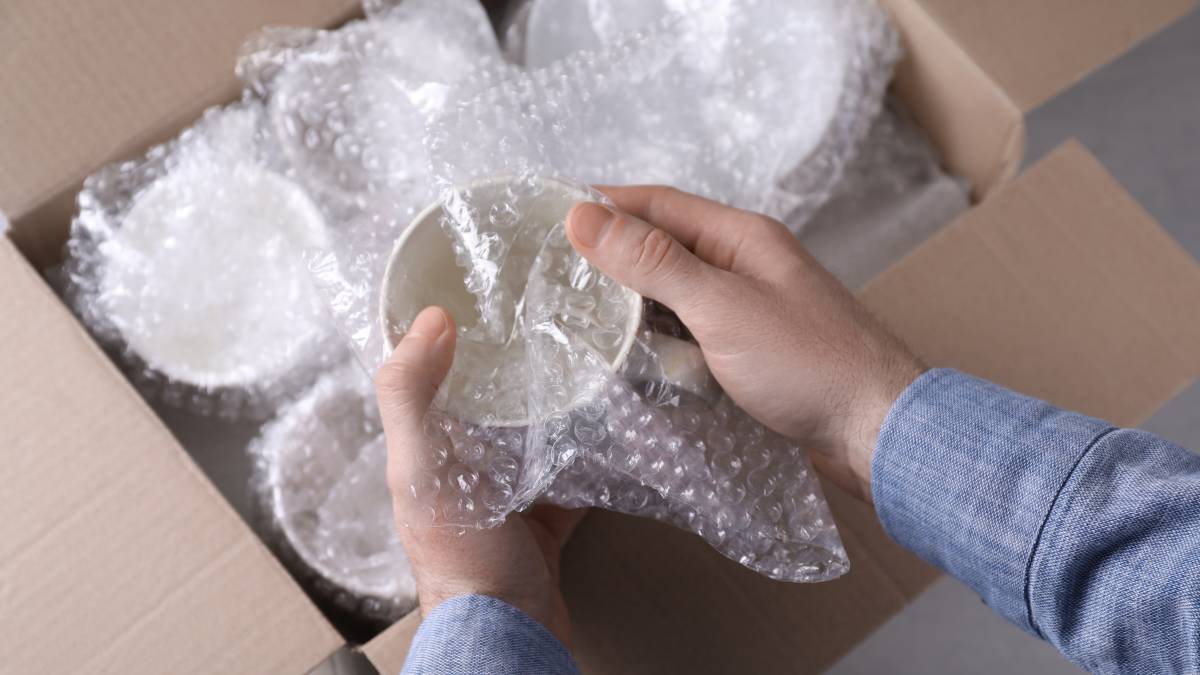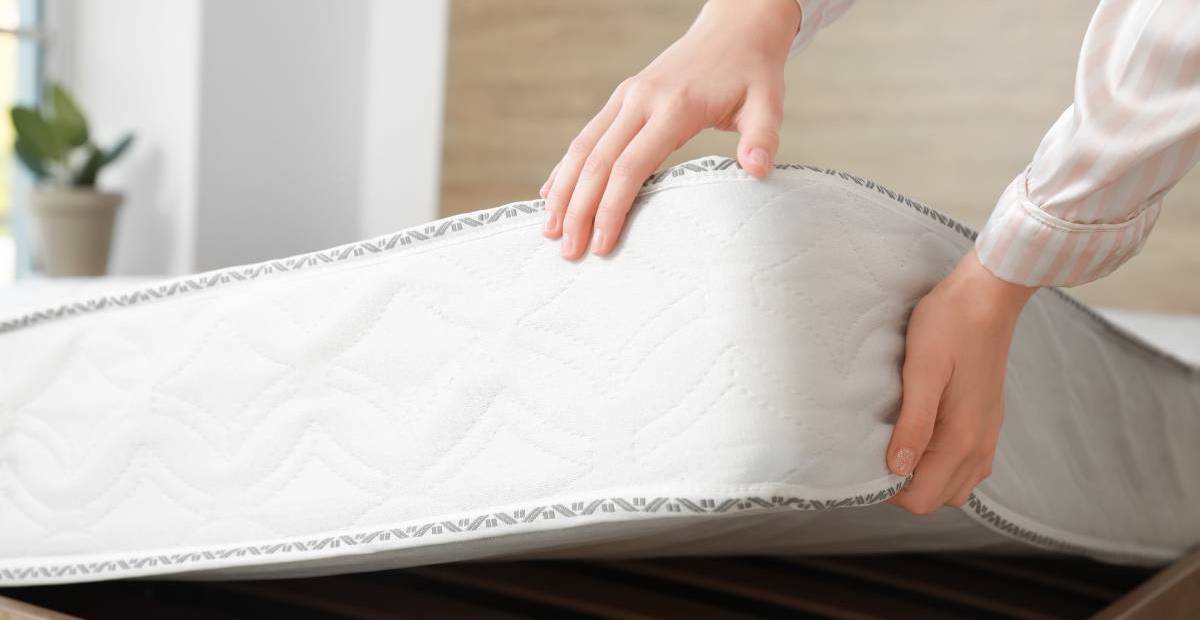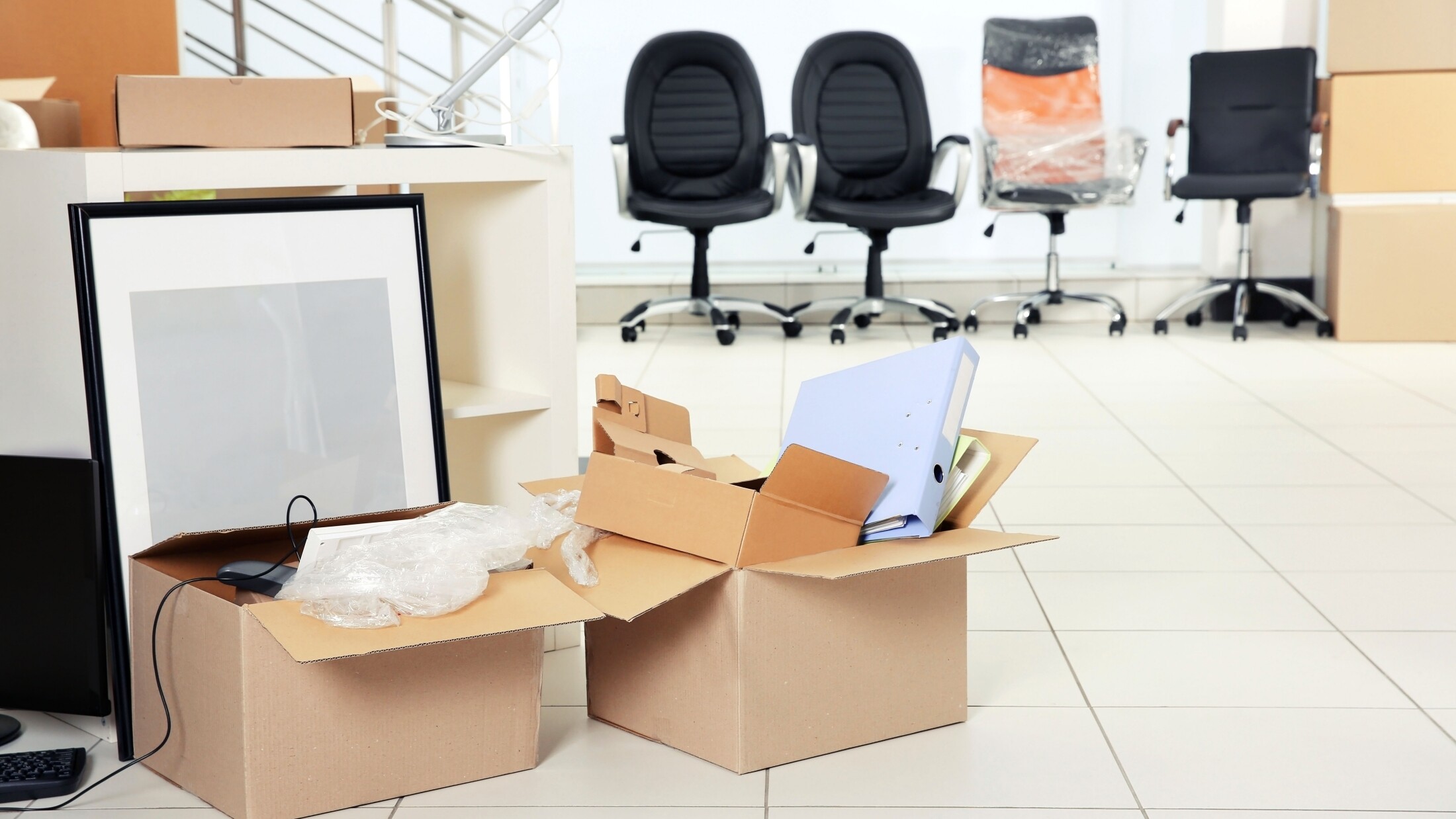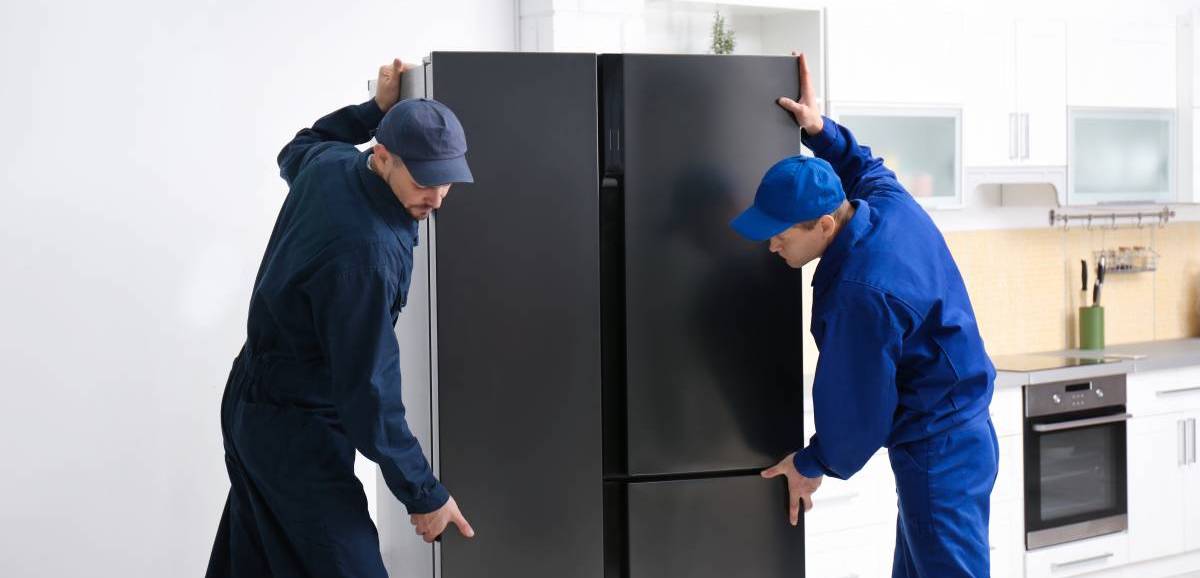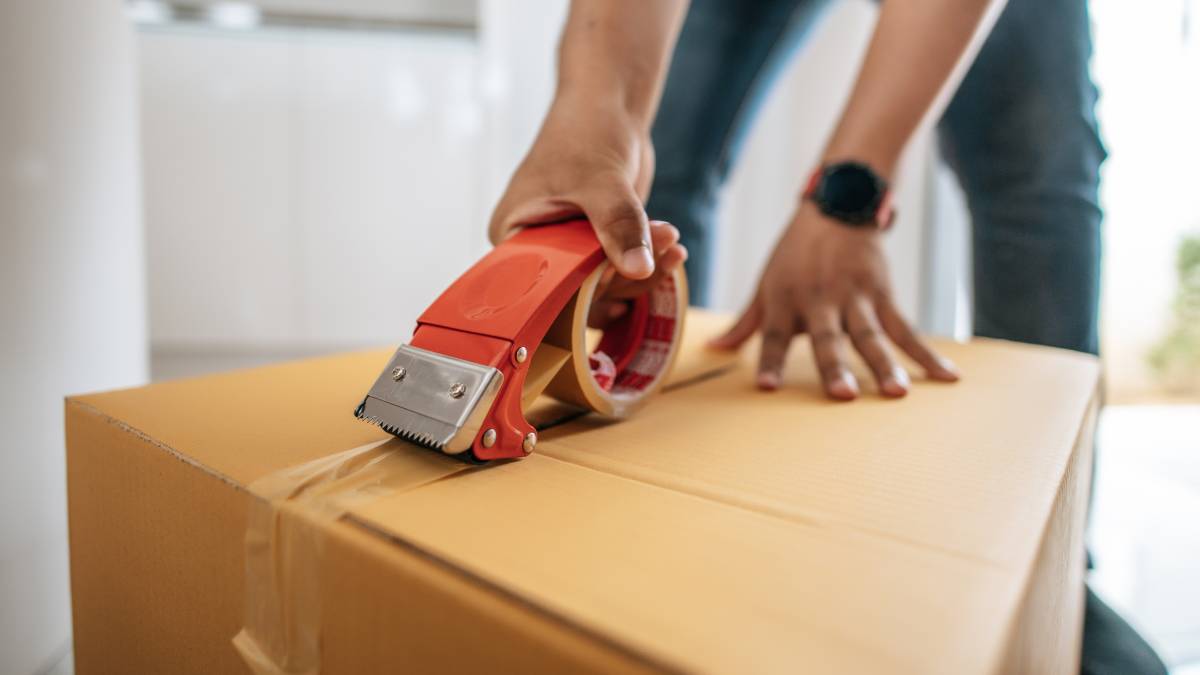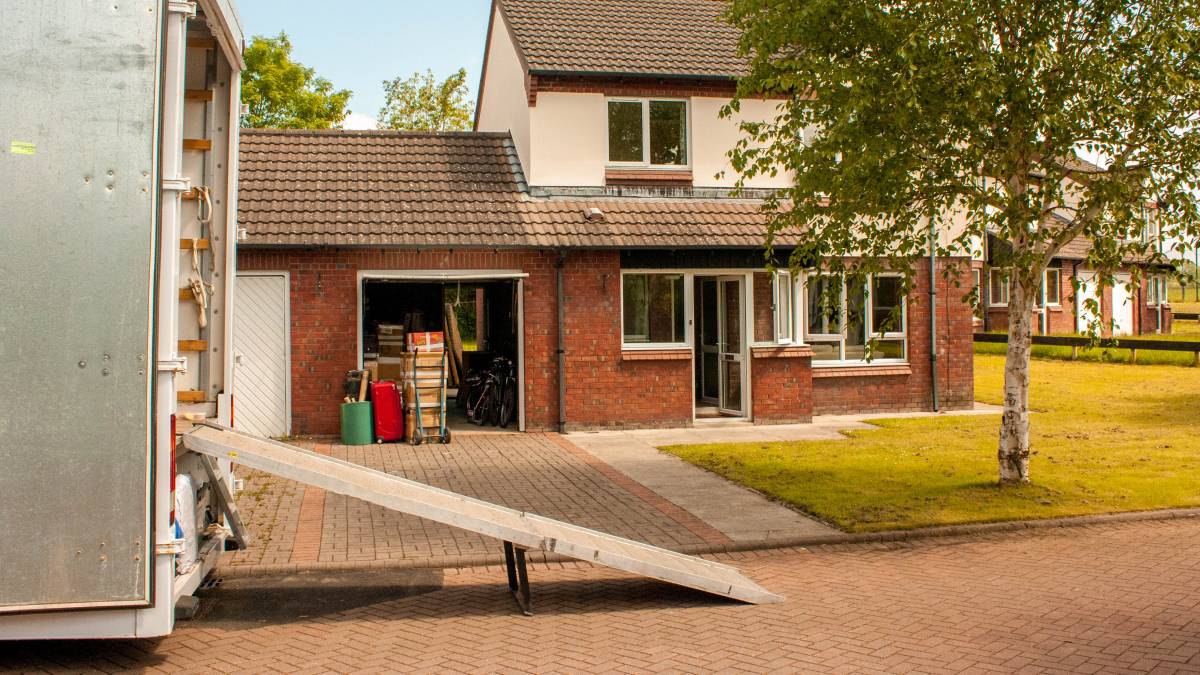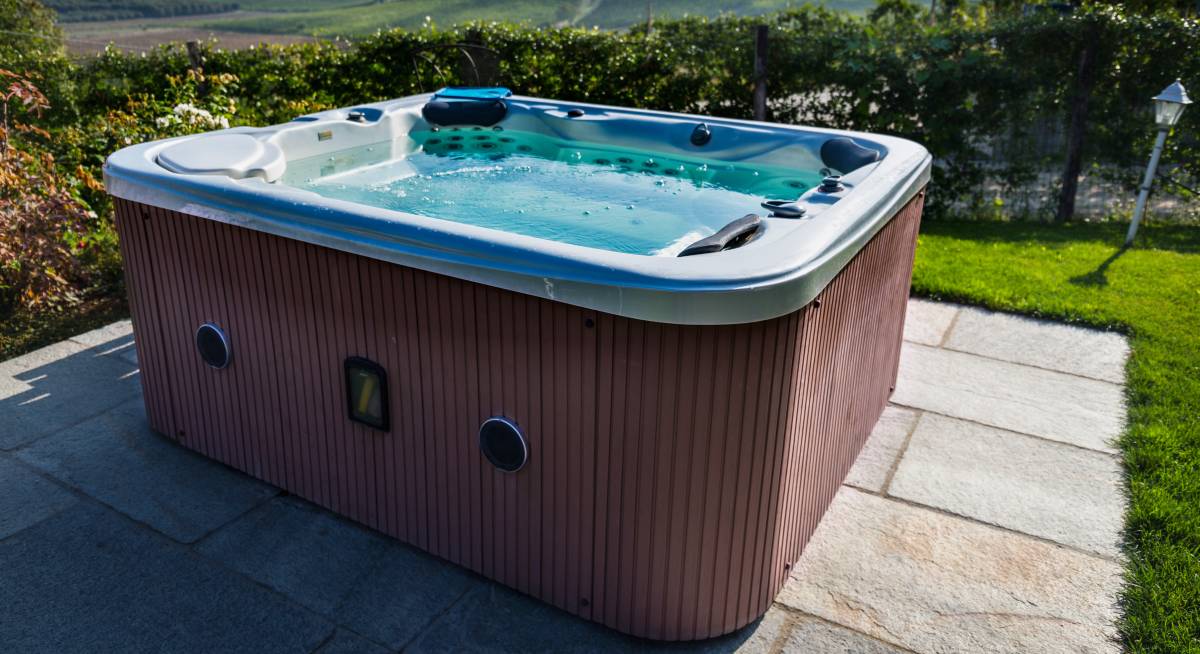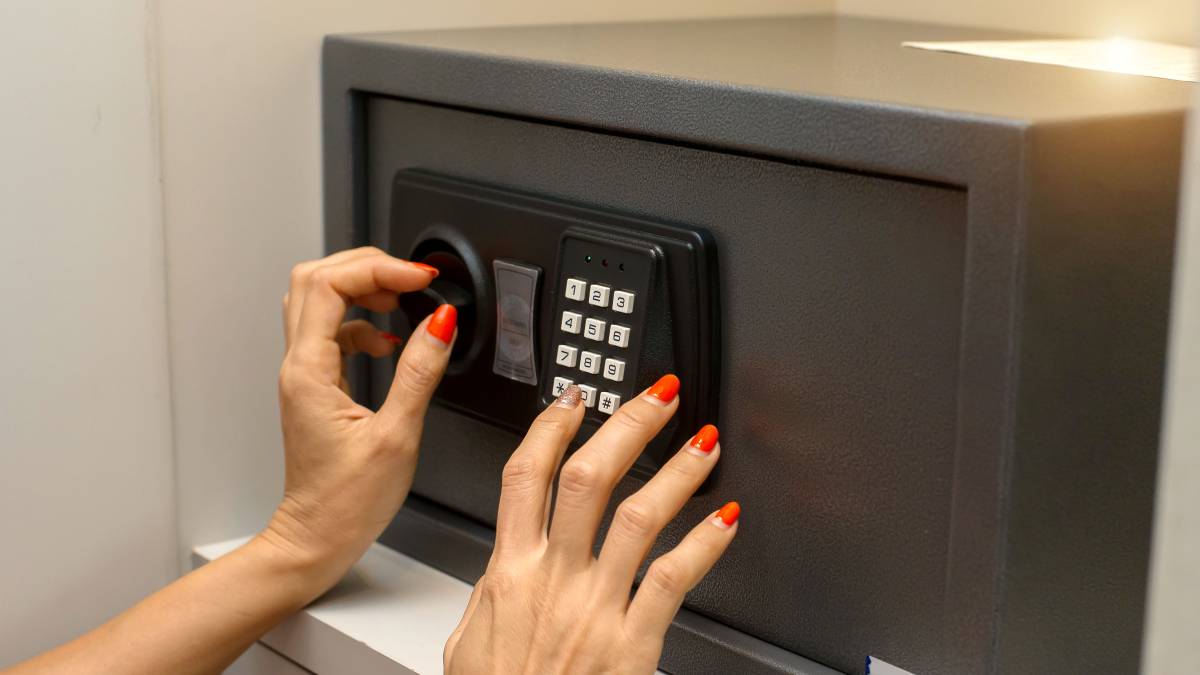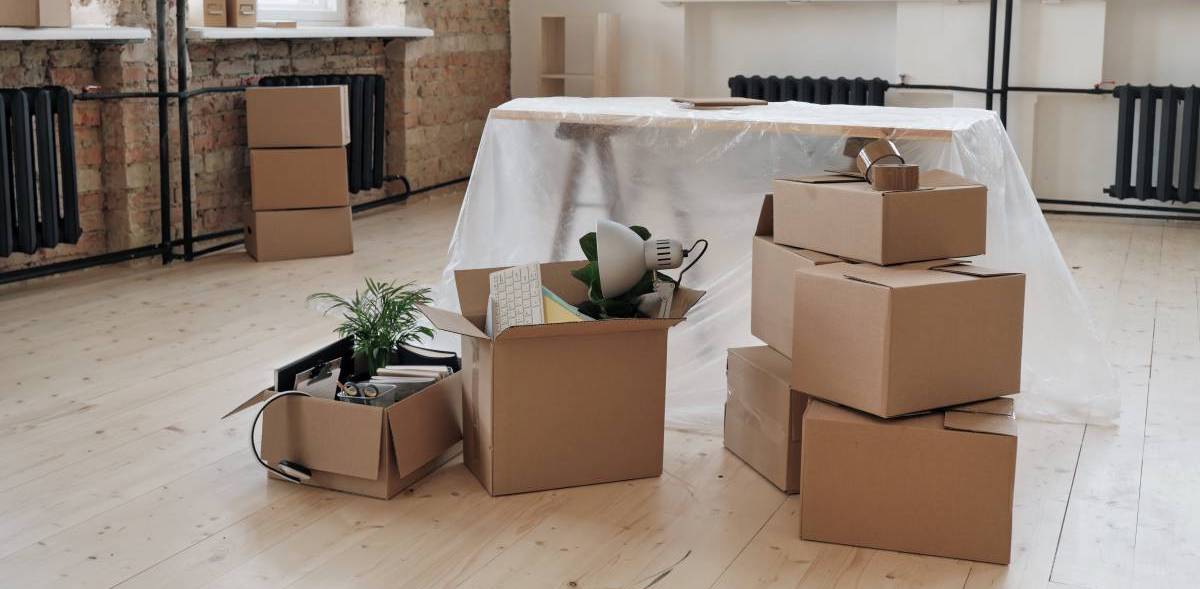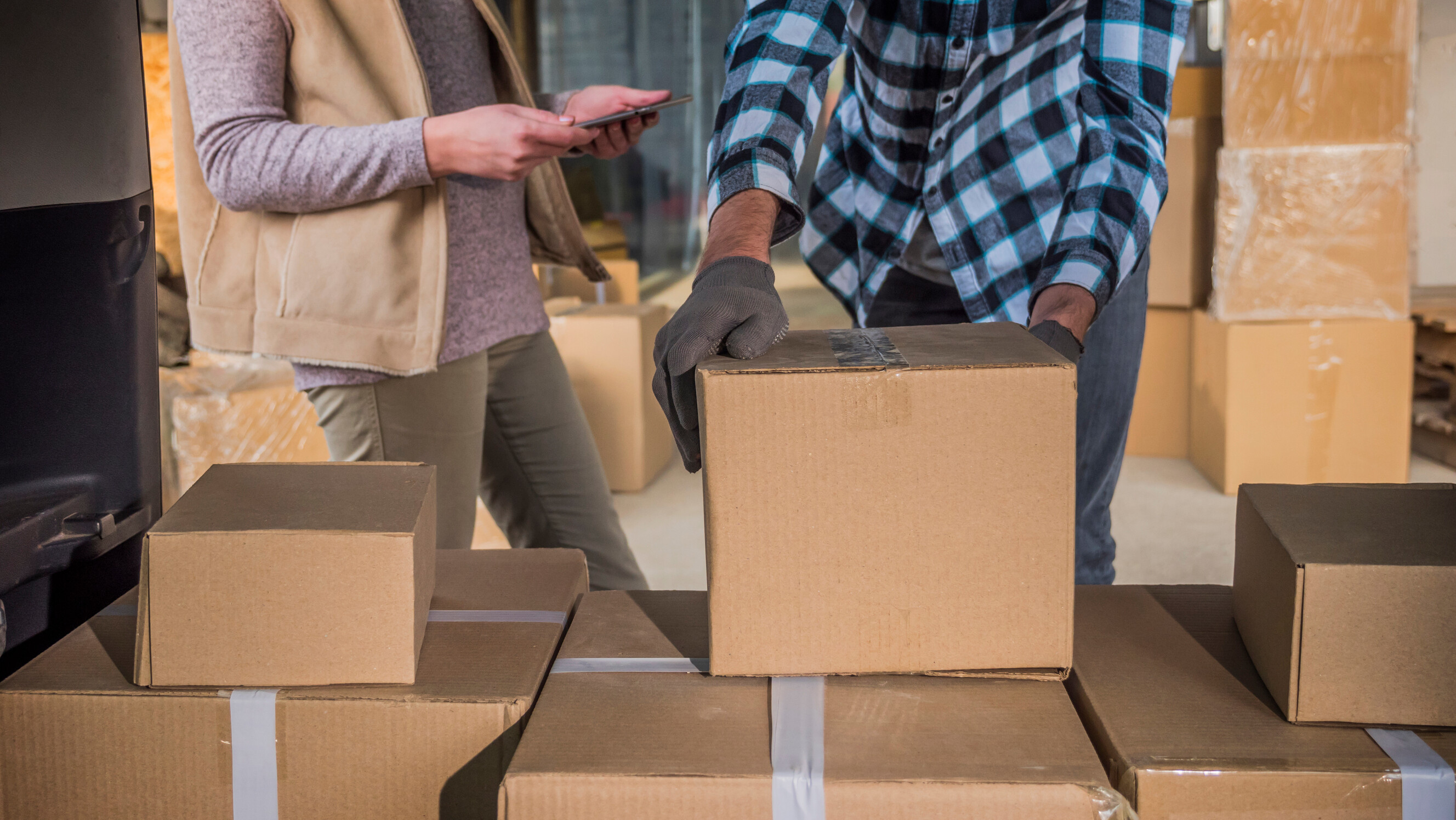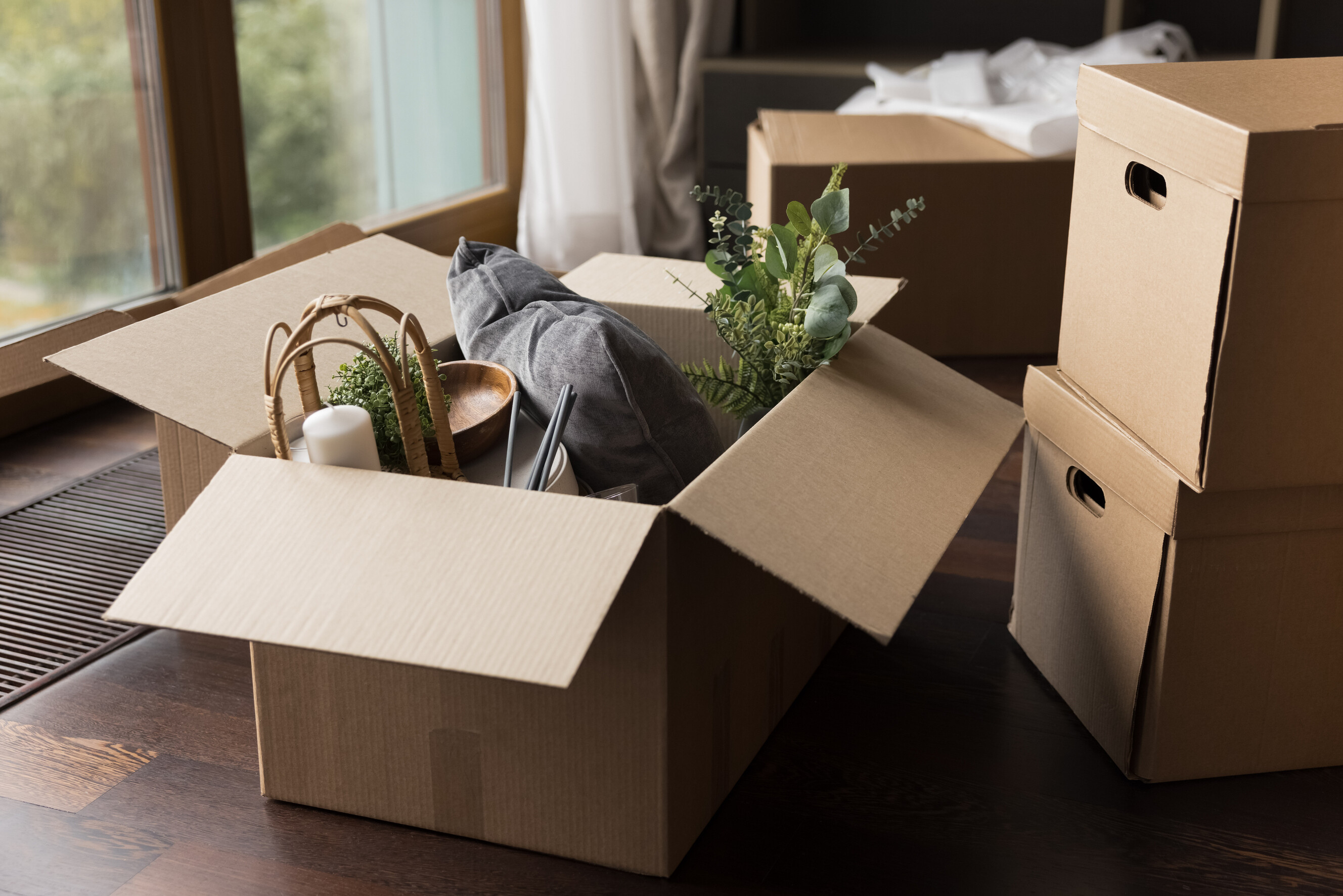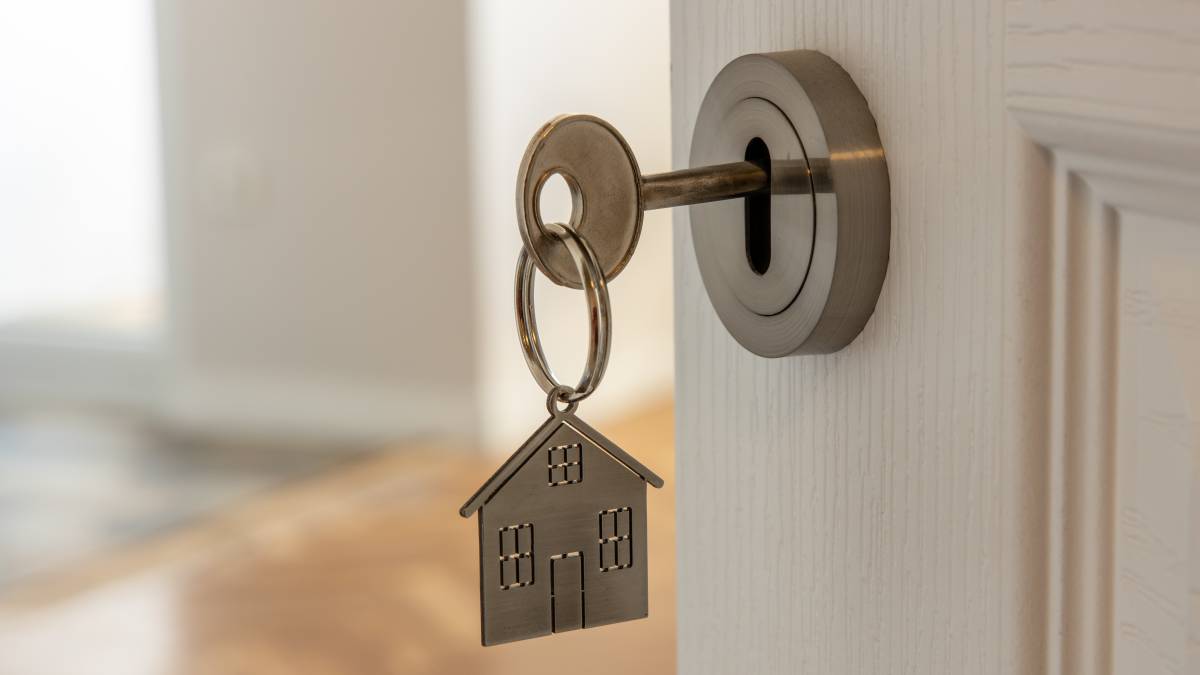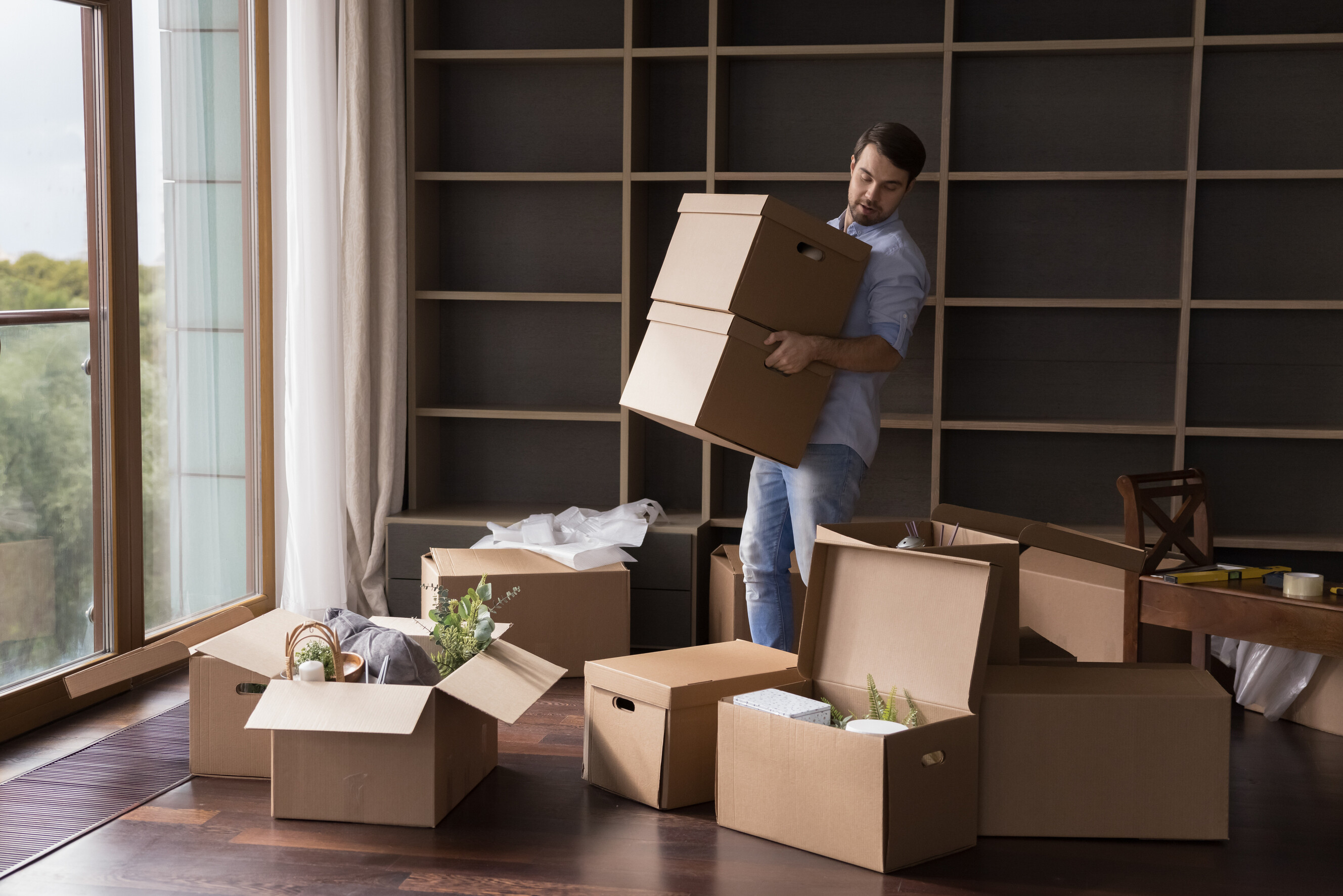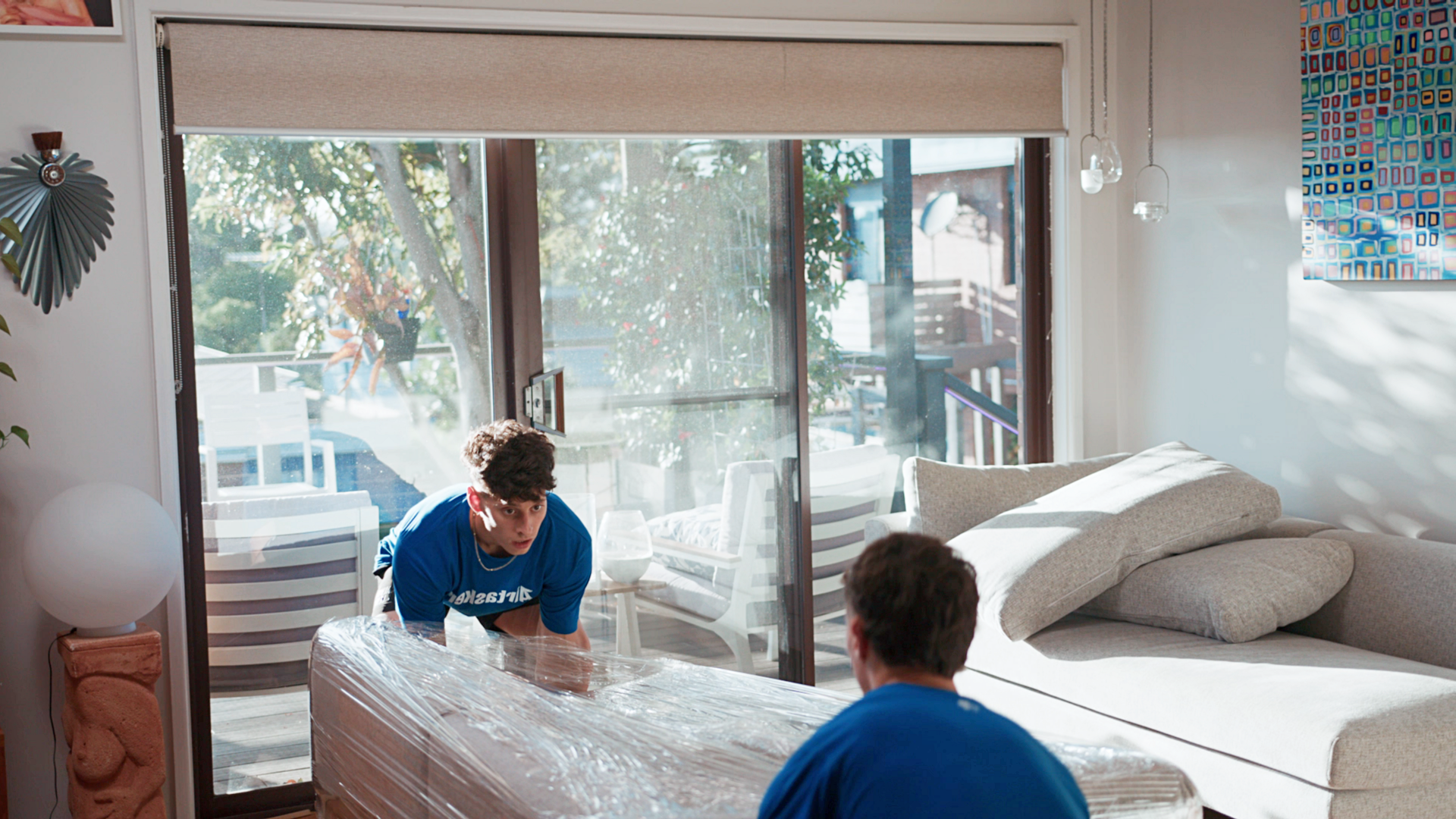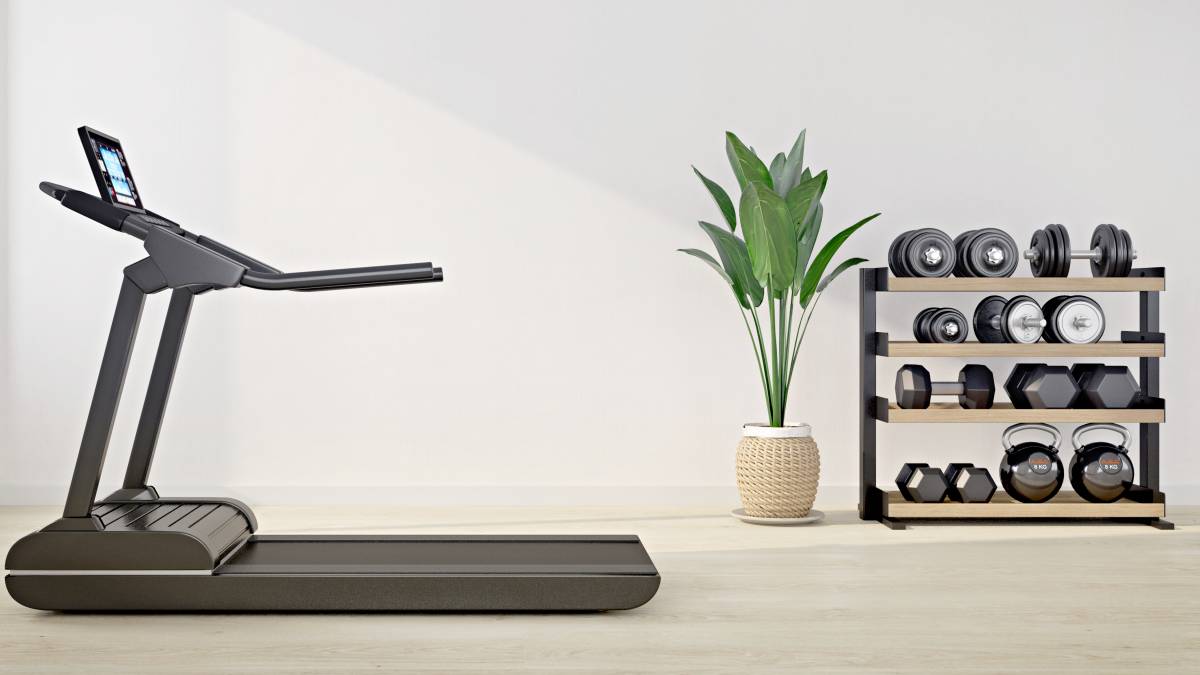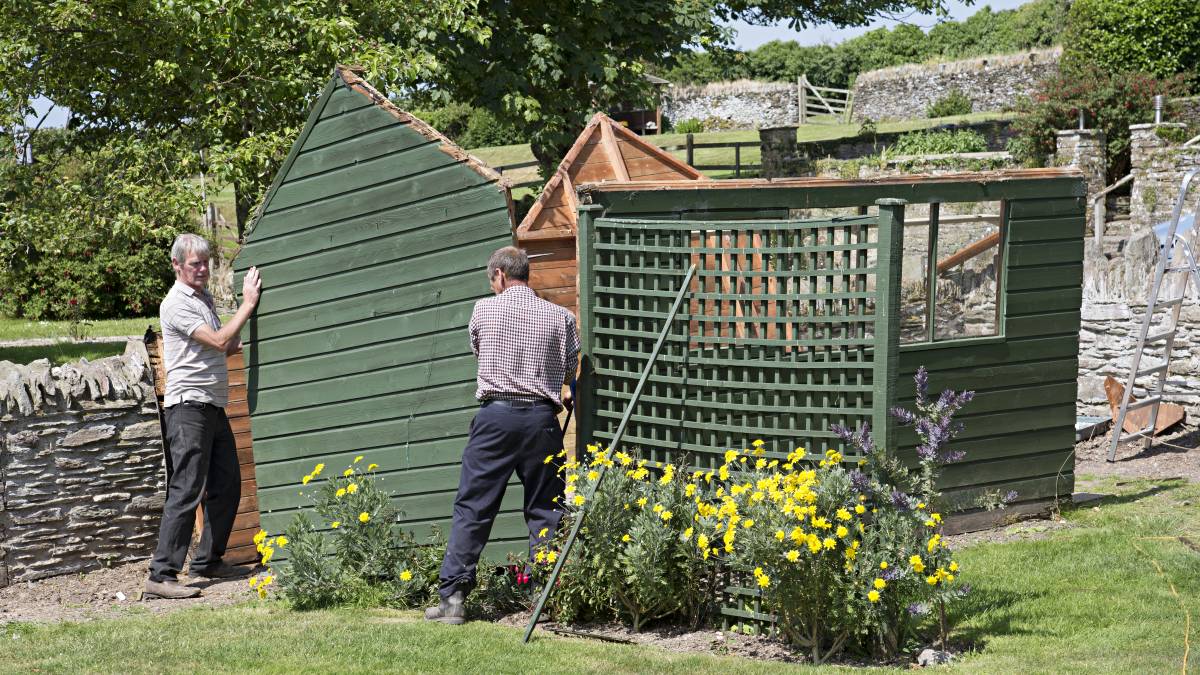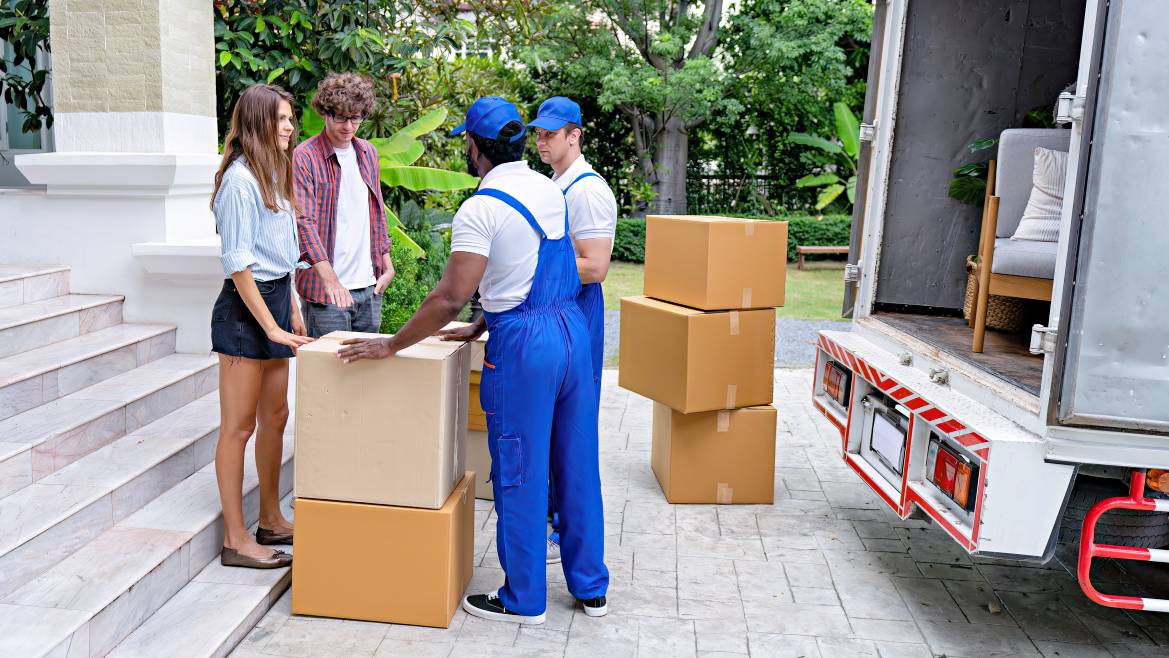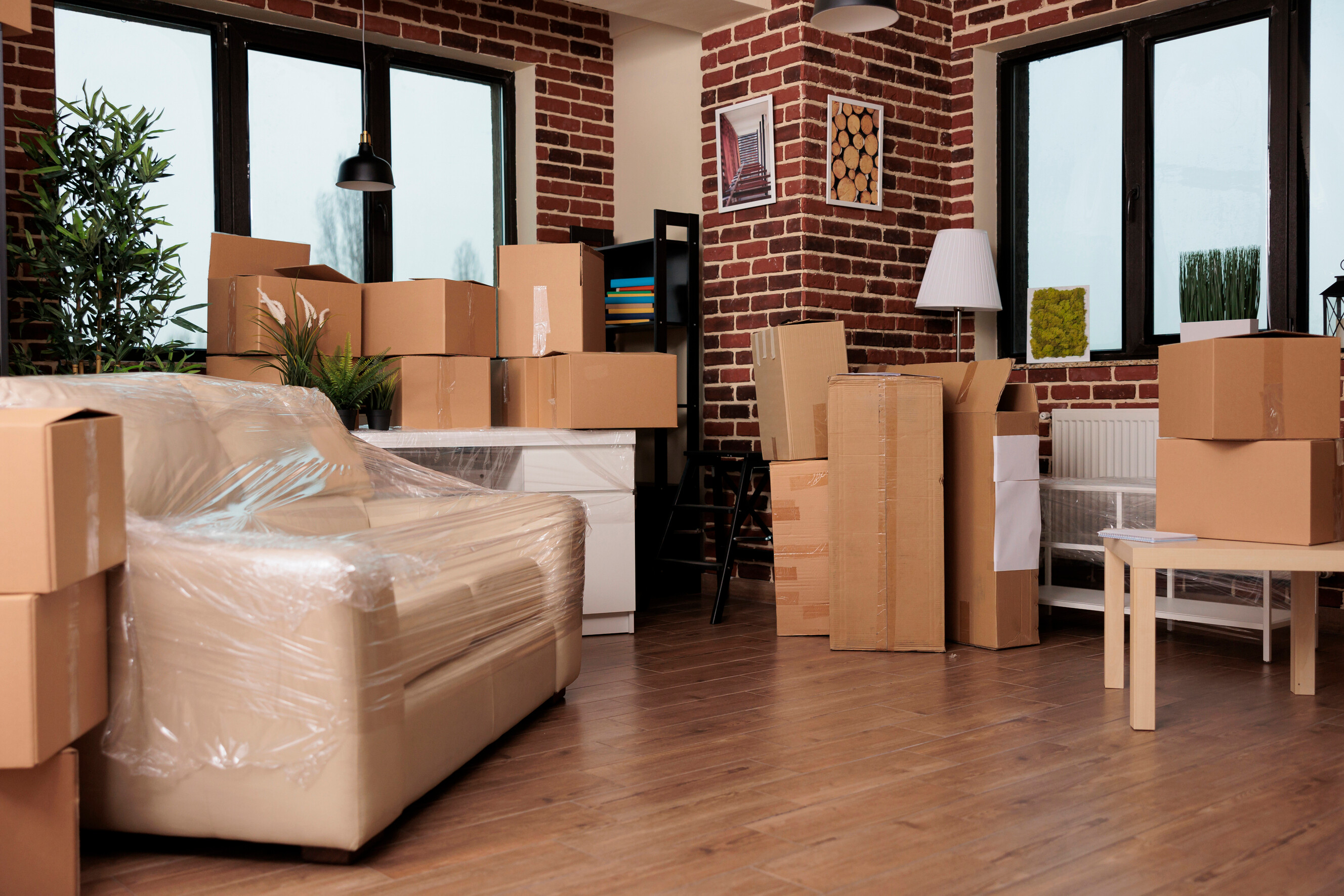
7 Last-minute moving tips to survive the big day
Keep your sanity intact with efficient moving tips
Find a moverPublished on

Written by Genine T.
Staff Writer
Read more about our contributor
Key Takeaways:
Create two survival boxes with essentials like phone chargers and basic bedding to keep in your car so you can function immediately without unpacking everything.
Pack by category instead of room to see exactly what you own, and use the one-in-one-out rule when you have multiples of similar items.
Hire professional movers for heavy items and cleaning services to save time and energy while preventing injuries and property damage.
The average American moves 11.7 times in their lifetime, which means you’d think we’d all be last-minute moving experts by now. Instead, many find themselves frantically googling moving tips at midnight when their timeline gets cut in half, worried they’ll forget something important.
Whether you’re moving short distance within your city or facing a cross-country relocation with impossible timing, you can actually pull off this move successfully by focusing on the essentials. In this post, we’ll share seven efficient moving tips for compressed timelines, so you can relocate successfully without the typical moving meltdown.
1. Make a quick plan
When you’re planning a move with minimal time, your first instinct might be to jump straight into packing boxes. Resist that urge. Instead, grab a piece of paper or open your phone’s notes app and spend 20 minutes creating a simple checklist of absolute essentials.
Start with the big three:
Booking movers (or a truck rental)
Calling utility companies to arrange disconnections and connections
Deciding which category to pack first
Your checklist should also include time-sensitive items like arranging mail redirection and notifying your bank and workplace of address changes. You may also start listing any bulky or delicate items that need special attention (like packing your TV or piano safely).
2. Declutter ruthlessly
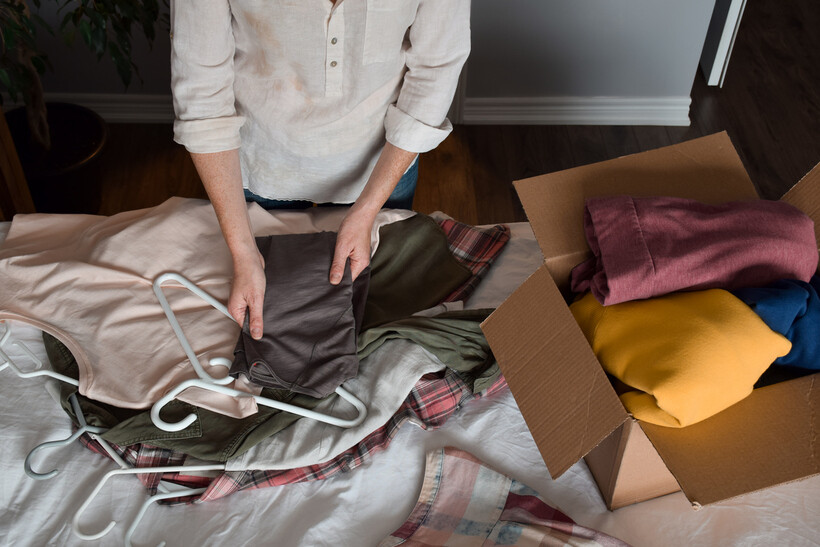 Sorting and folding clothes during a home declutter session. (Source: iStock)
Sorting and folding clothes during a home declutter session. (Source: iStock)
Learning how to pack a house quickly starts with a simple rule: the less you own, the less you pack. To have fewer items, you need to declutter efficiently by being honest about what you actually need versus what you think you might need someday.
For most rooms, you can use the four-box method: label boxes “keep”, “donate”, “sell”, and “throw away”, then sort items quickly. If everything’s going to the keep box, go through each item again and ask when you last used it. If you can’t remember the last time you did, that’s your answer right there!
For categories where you have multiples of similar items (like when packing clothes, books, or kitchen gadgets), try one-in, one-out. In this strategy, you need to keep one item and remove another from the same category. This prevents decision paralysis when you’re staring down at five similar jackets or three coffee makers.
3. Pack by category, not by room
One of the best moving hacks is to abandon the room-by-room approach and pack by category instead. This method lets you see exactly how much of each item you have and makes unpacking at your new home much more efficient.
Start with similar items from across your entire house: Gather all your towels and bedsheets, kitchen pots and pans, or decorative items in one spot before packing. To maximize your packing materials, you can also mix categories to pack them simultaneously.
For instance, you can use your towels and bedsheets as padding for plates and fragile items instead of buying bubble wrap. You can also nestle breakable ornaments or pack jewelry and trinkets inside sturdy pots. Doing this can shorten your moving supplies checklist because you’re using items you already own as protective padding, saving money and storage space in the moving truck.
4. Pack a “First 24 Hours” essential box
 Preparing an essential box with hygiene supplies for moving. (Source: iStock)
Preparing an essential box with hygiene supplies for moving. (Source: iStock)
When facing last-minute moves, it’s smart to picture your first day. What items are you going to need personally? Which items are you going to need to eat, sleep, or clean your space? For this reason, it’s recommended that you create at least two survival boxes and keep them in your car.
First, pack your personal survival box using sturdy cardboard boxes or plastic bins. This box contains your moving essentials, including:
Phone chargers and power banks
Medications and a first aid kit
Toiletries and toilet paper
Coffee, tea, and snacks
Box cutter for opening packages
Change of clothing
Important documents and IDs
Next, prepare your second box for immediate home setup needs.
Basic bedding for sleeping
A few plastic plates, cups, and utensils
Cleaning supplies and garbage bags
Basic tools for quick fixes
Towels and shower curtain
Notice how we mentioned plastic plates and cups? This prevents breakage during the move and gives you one less thing to worry about on an already stressful day.
5. Ask and hire for help
Now is not the time to prove you can handle everything solo. Moving quickly requires a team effort, so ask friends for help with specific tasks like packing clothes or disassembling large furniture. Give them clear, time-bound requests like “Can you help pack my books on Saturday morning?” rather than vague offers to help.
For larger items and appliances, it’s strongly recommended to hire last-minute movers instead. Professional movers can typically load a two-bedroom home in two to three hours, while the same job might take you and your friends an entire day. They also prevent costly injuries and damaged walls from amateur lifting attempts.
If you’re really pressed for time, check with your movers to see if they offer move-out cleaning packages so you can also hand off the cleaning.
6. Sort out utilities and mail online
 Managing utilities and mail online before a move. (Source: iStock)
Managing utilities and mail online before a move. (Source: iStock)
Aside from your essentials, you must sort out your “digital move” to prevent service interruptions and double payments. Simply go online to schedule electricity, water, and internet connections for your new home while arranging disconnections for your old property. In most cases, the utility will provide service to you within five business days.
Aside from your utilities, set up mail forwarding immediately through USPS’ website, where you can submit an online change of address form. Remember to also update your address with banks, insurance companies, gym memberships, subscription services, and government agencies.
If you can’t get online to set up mail forwarding, ask your neighbors to collect any mail that arrives after you’ve moved.
7. Plan for the final clean
Leaving your old place spotless is important for getting your security deposit back. To avoid scrambling after your movers have loaded the truck, plan your cleaning strategy early.
If the budget is tight, you can do the final cleaning yourself by scrubbing the bathroom and kitchen thoroughly, vacuuming all carpets, wiping down walls and surfaces, and cleaning inside all cabinets and drawers. However, it’s not entirely practical due to the effort it takes and the fact that you’ll need to buy cleaning supplies and paper towels.
Alternatively, you can book a professional cleaner. Experienced cleaners know exactly what landlords expect beyond fair wear and tear and can work while you handle other tasks. Need extra fixes done? Many cleaning services also offer additional fixes like filling nail holes, touching up paint, or minor repairs that can help secure your full deposit.
Book your moving team today
And there we have our complete list of tips to avoid a moving meltdown! As you can see, relocating can feel overwhelming, but you don’t have to handle everything yourself. These seven last-minute moving strategies work even better when you have the right support team backing you up during crunch time.
Ready to get the help you need? Whether you need short-notice movers for heavy lifting or a complete relocation service, post your task on Airtasker with your timeline and requirements. Local moving professionals will respond with quotes, letting you choose the help that matches your budget and schedule.
Learn more about our contributors

Written by Genine T.
Staff Writer
Genine is a writer and educator with over seven years of experience. She has published peer-reviewed research papers, worked in academia, and created educational content for thousands of language learners. She discovered her passion for turning complex ideas into practical advice through writing about DIY topics like home improvement, furniture assembly, and household fixes. When she’s not writing, Genine enjoys curling up with her dogs and a good book.
FAQs on last-minute moving
Most experts recommend starting packing to move at least five to eight weeks before your house move so you’ll have enough time to declutter, gather the right supplies, and pack non-essential items. If you’re doing a last-minute move, you can still pack a home in as little as a week by focusing on essentials first and hiring movers.
The kitchen is the hardest room to pack when moving. It contains the most fragile items, such as dishes and glassware that break easily, heavy appliances, and awkwardly shaped pots and pans. You’ll need plenty of protective materials like packing paper, packing tape, and sturdy moving boxes. Kitchens also contain perishable items, cleaning products, and pantry items you can’t just throw in a box.
Many last-minute movers can accommodate bookings with 24-48 hours' notice, though availability becomes limited and prices may increase. Some Taskers may also offer same-day emergency services, but expect to pay premium rates and have fewer options for scheduling times.
Two-hour minimum bookings often include additional charges for travel time, fuel surcharges, and equipment fees that aren’t included in the hourly rate. Many movers also charge extra for stairs, long carries from truck to door, or oversized items like pianos and safes. As always, asking for a complete breakdown of all potential fees upfront is recommended.
Find local movers, fast
Find a local mover
Related articles
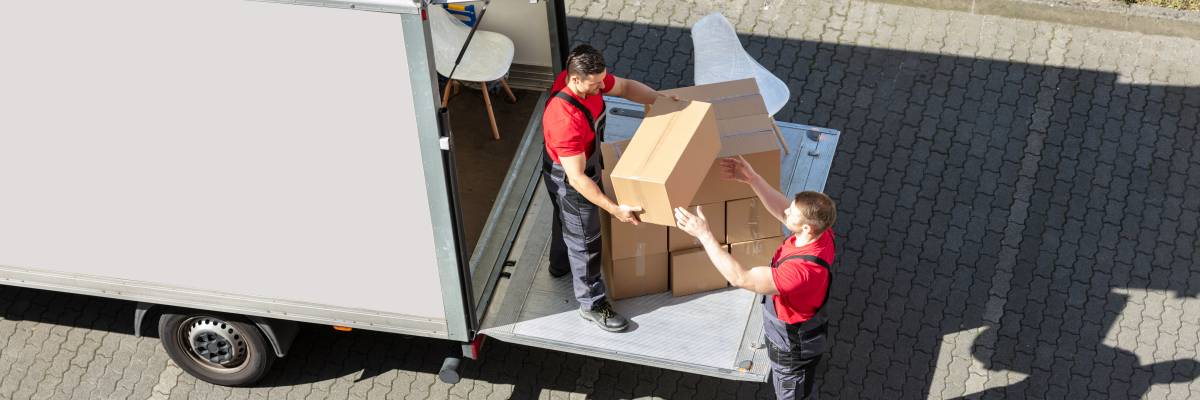
How much do movers make?
Read more

Moving out of state checklist
Read more
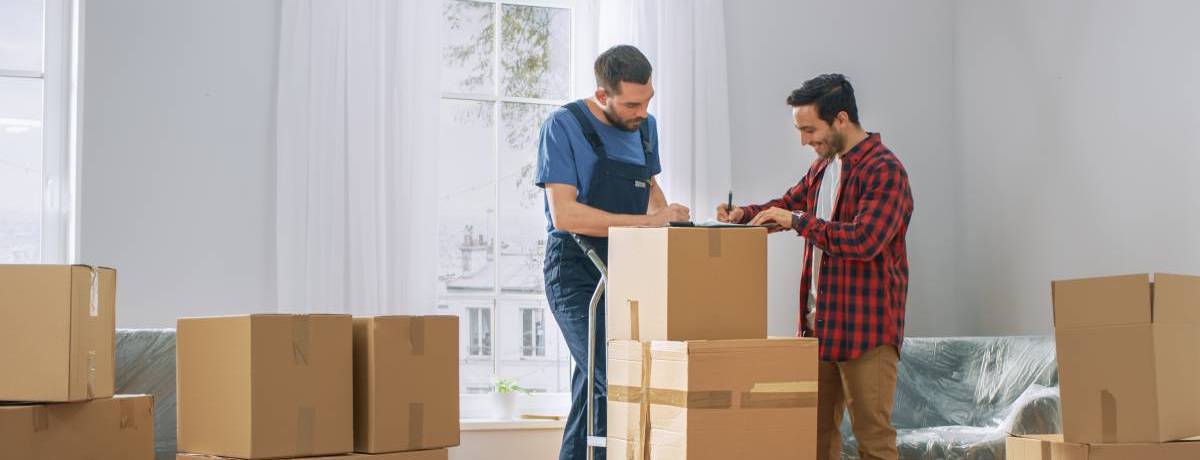
A guide to becoming a mover
Read more
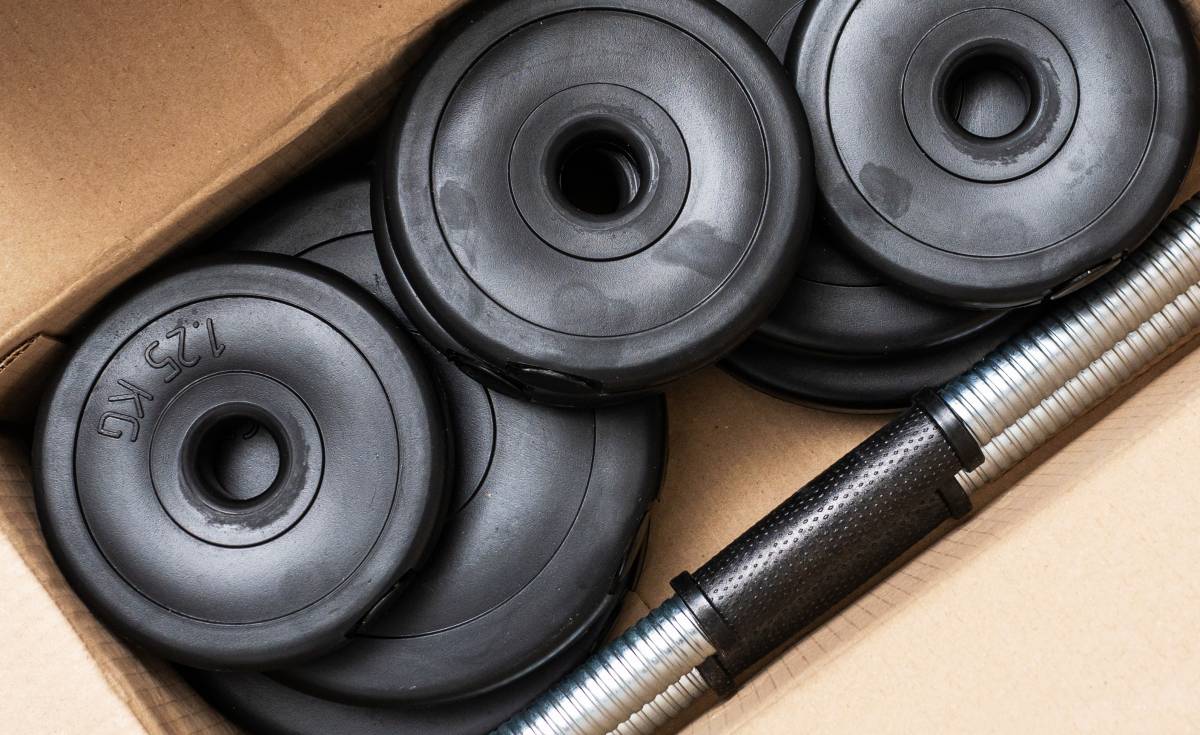
How to move gym equipment safely
Read more

Tips for moving house with kids
Read more

How to pack artwork for moving
Read more

The ultimate packing and moving list
Read more
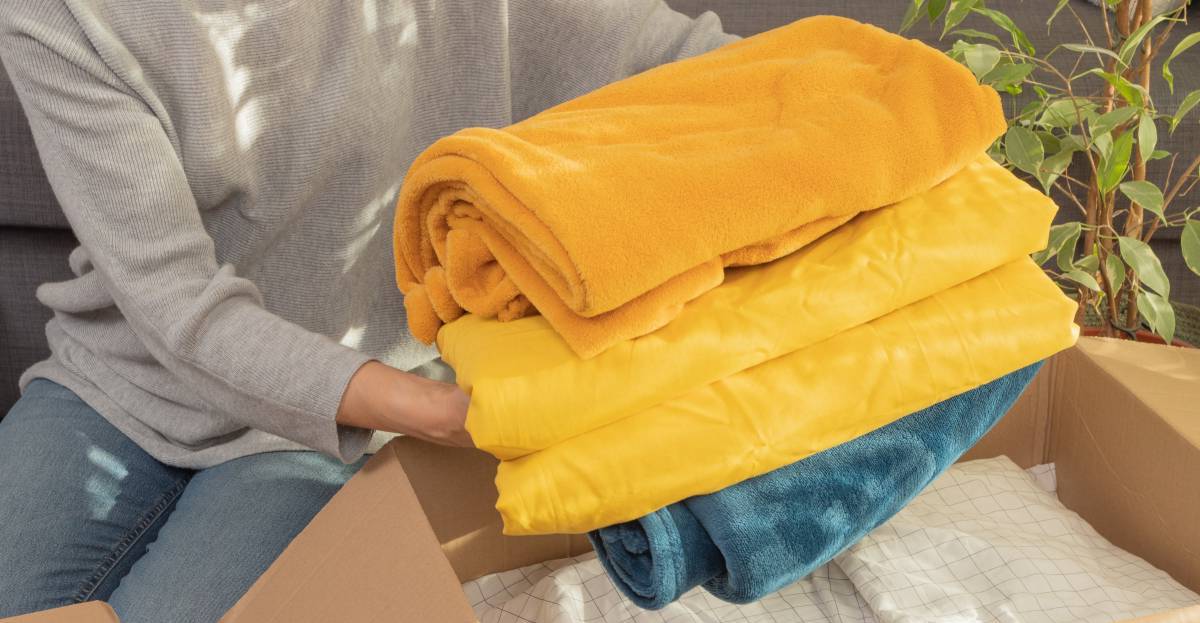
How to pack bedding for moving
Read more

How to move a pool table
Read more

How to pack books for moving
Read more
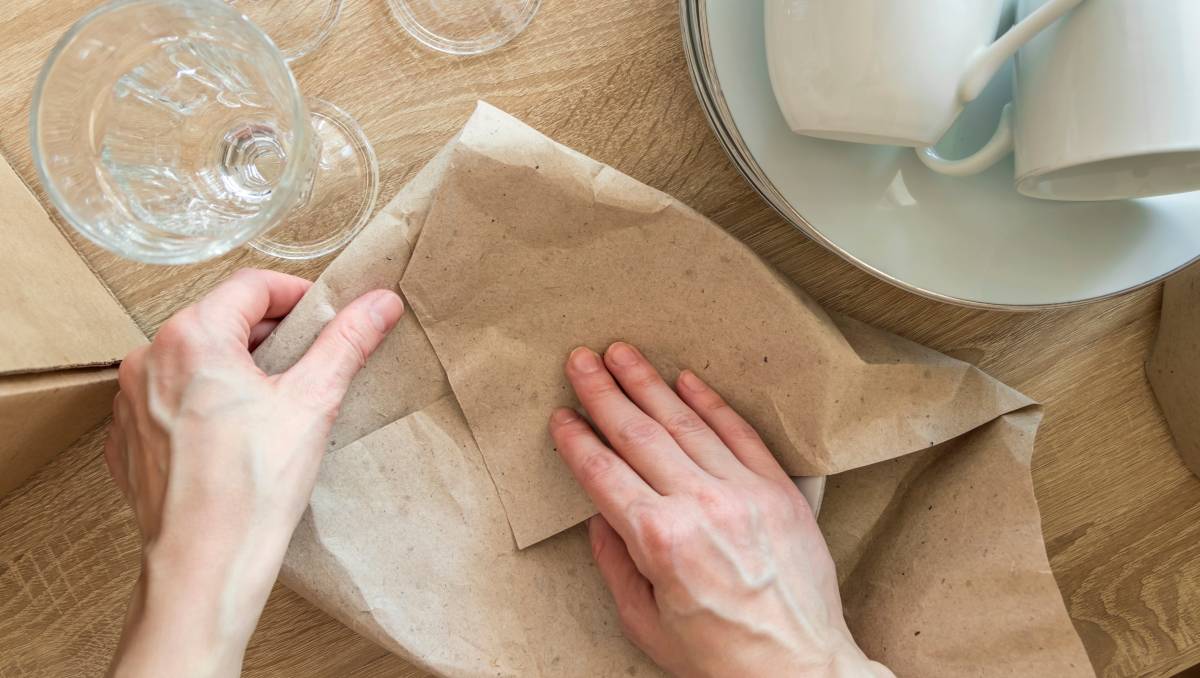
How to pack kitchen items
Read more
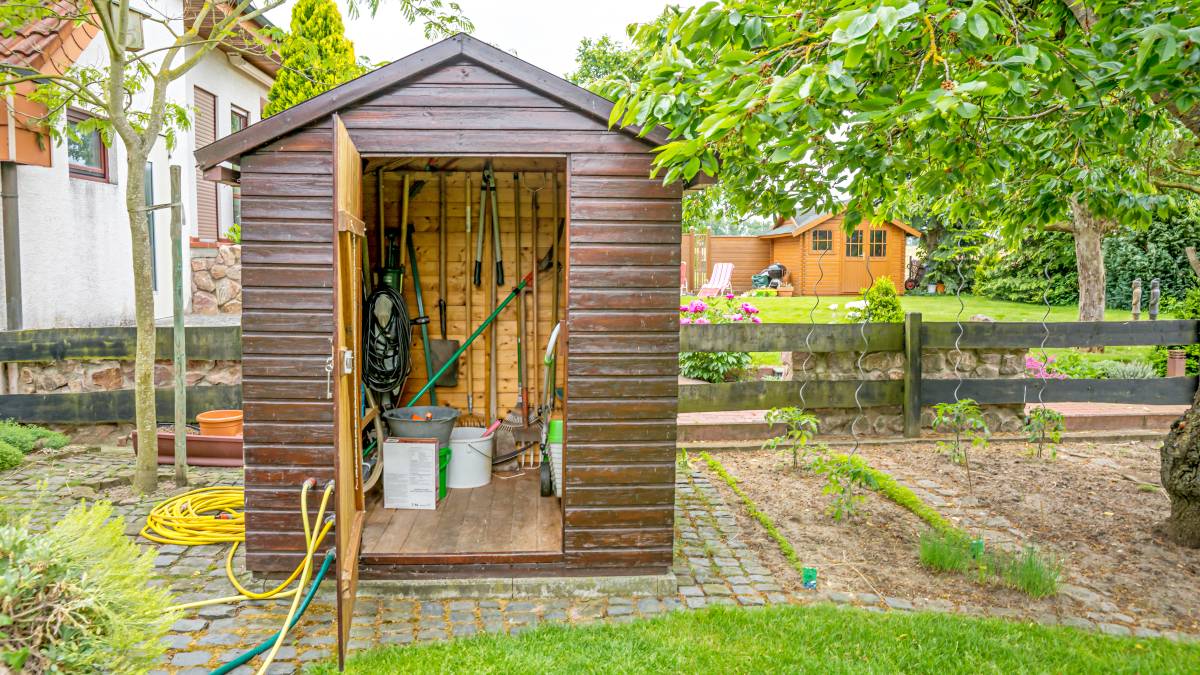
How to move a shed
Read more

How to move a pinball machine
Read more
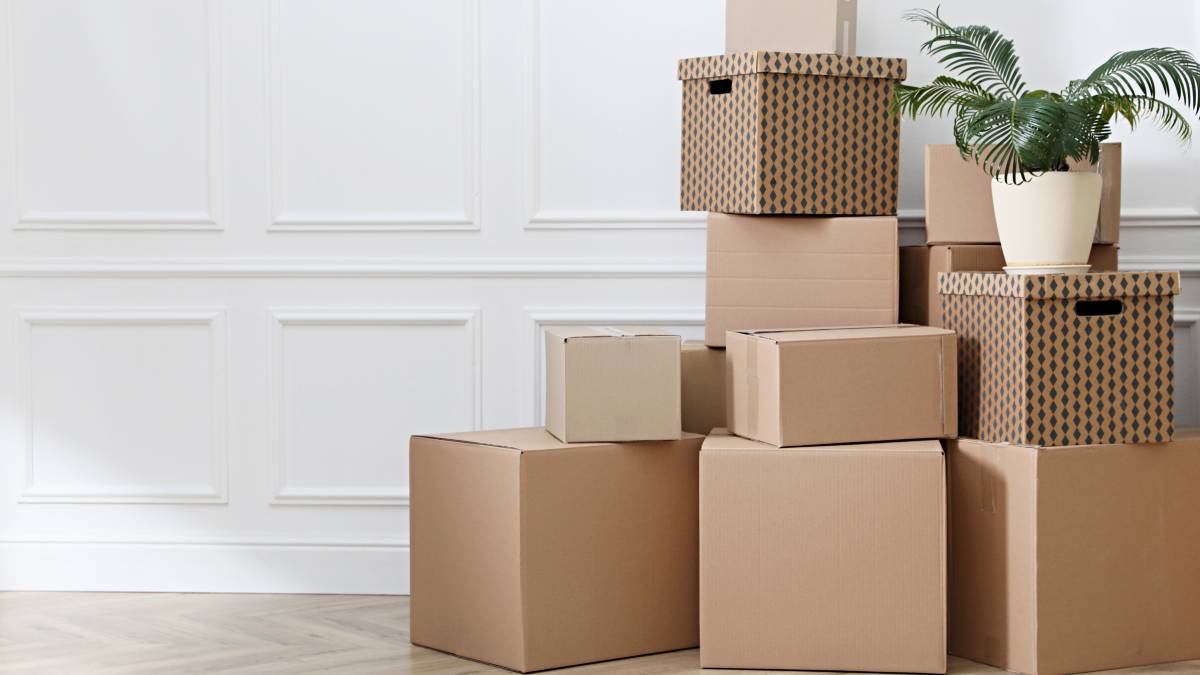
Where to get moving boxes for free
Read more

Moving interstate checklist
Read more
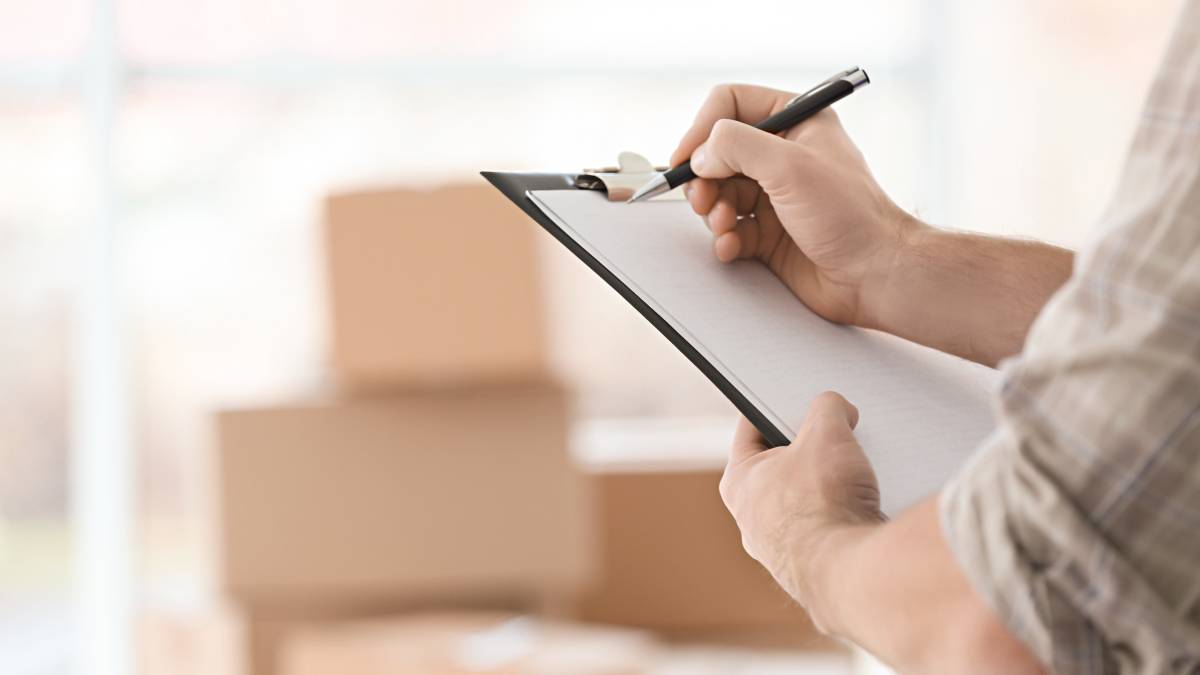
What movers won’t move
Read more

How to wrap furniture for moving
Read more
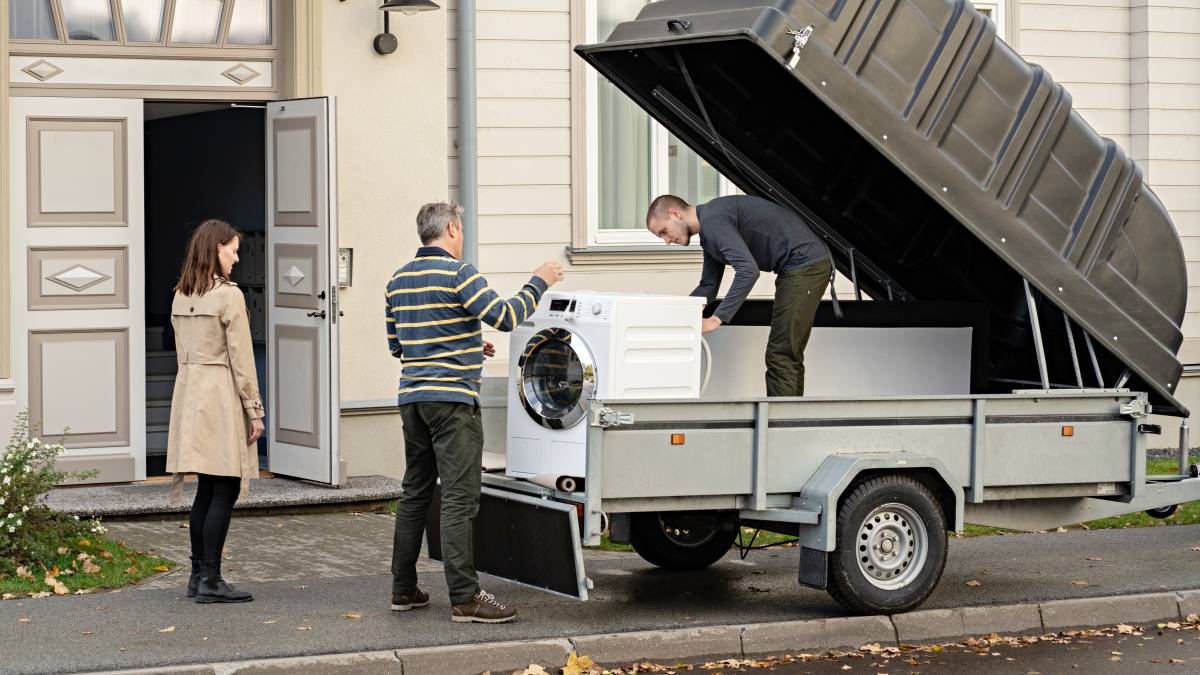
How to move a washing machine
Read more
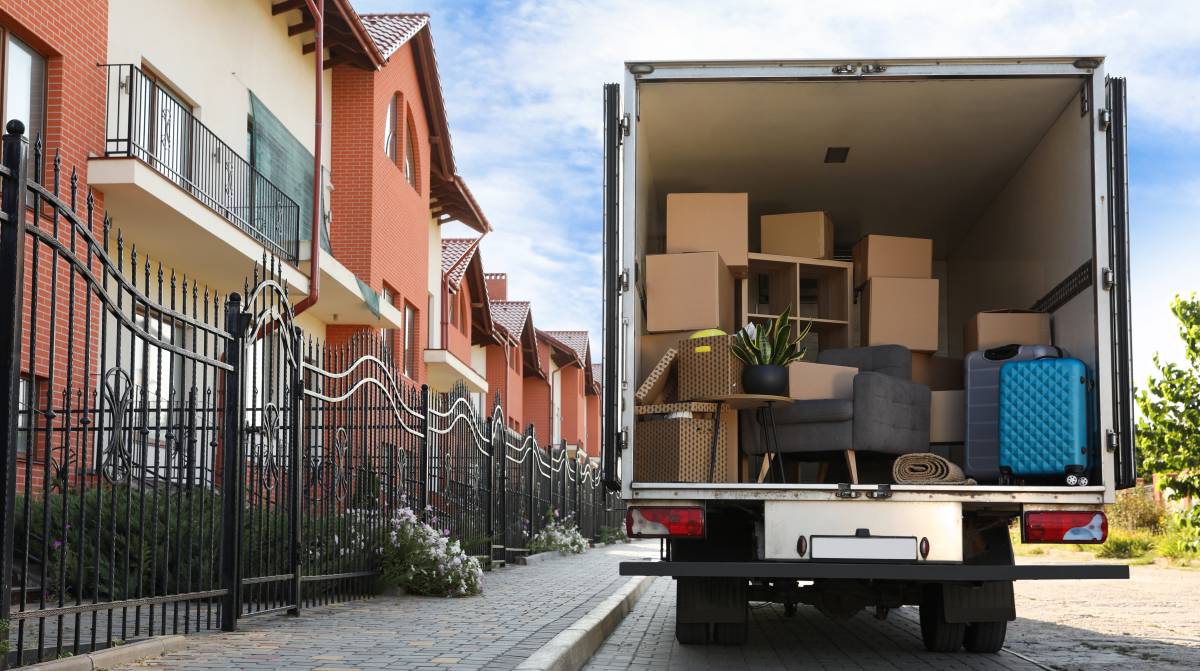
How to pack a moving truck
Read more
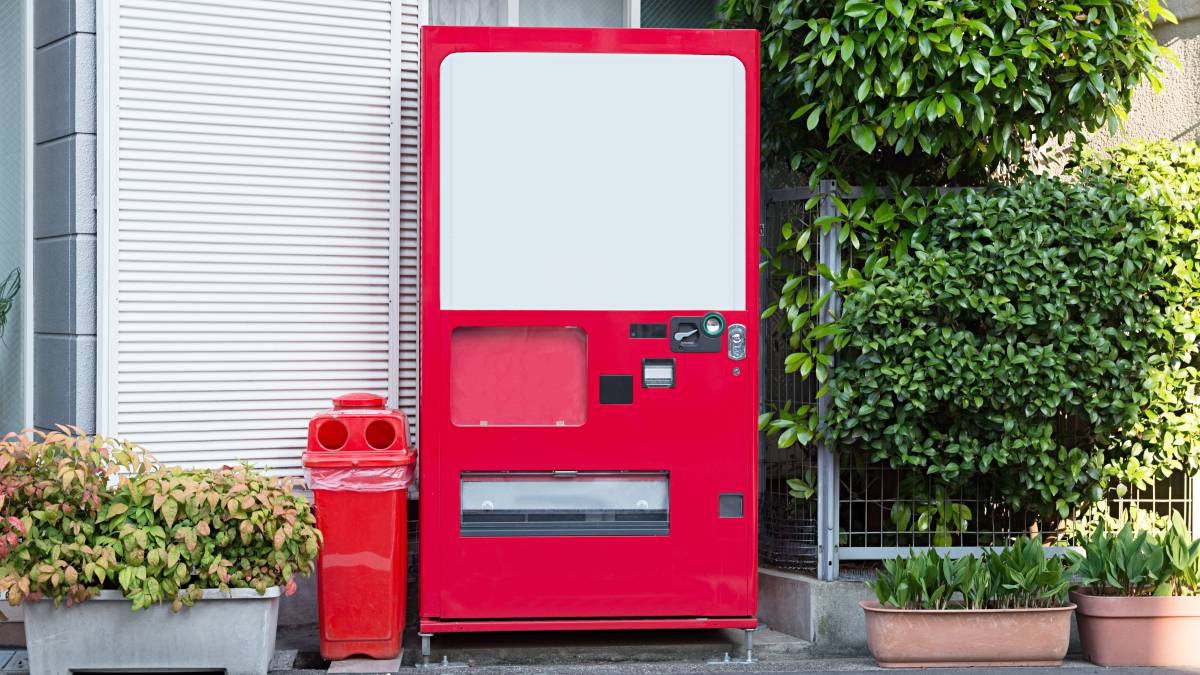
How to move a vending machine
Read more
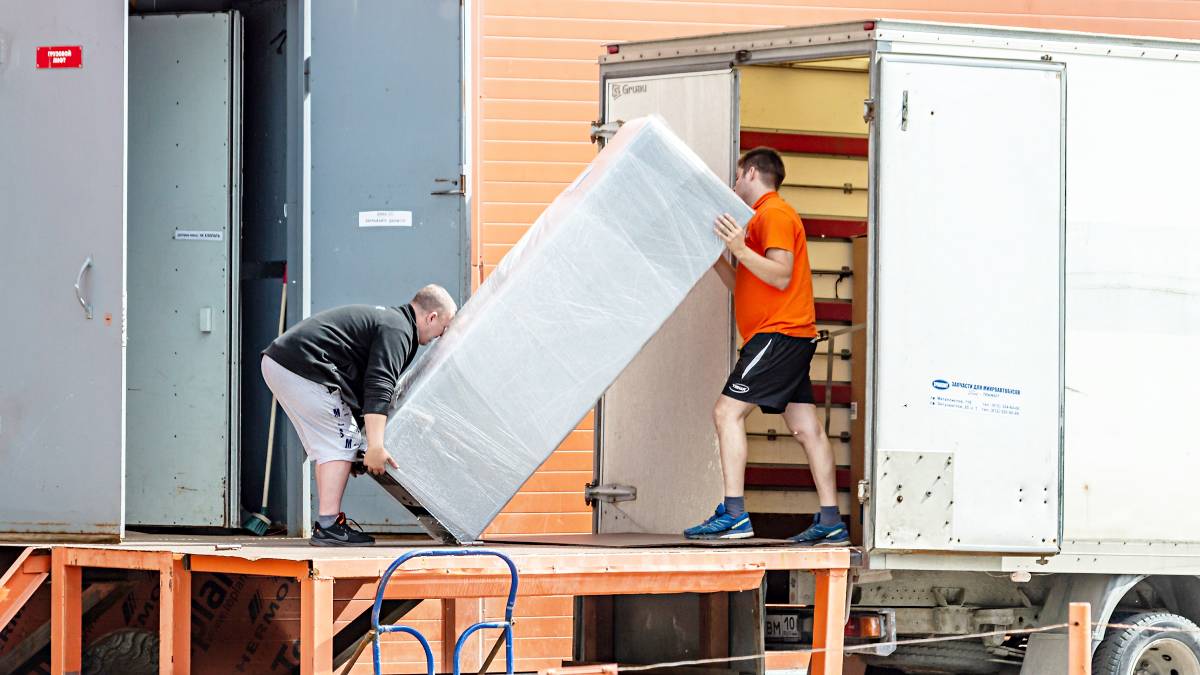
How to move a refrigerator
Read more
Related price guides
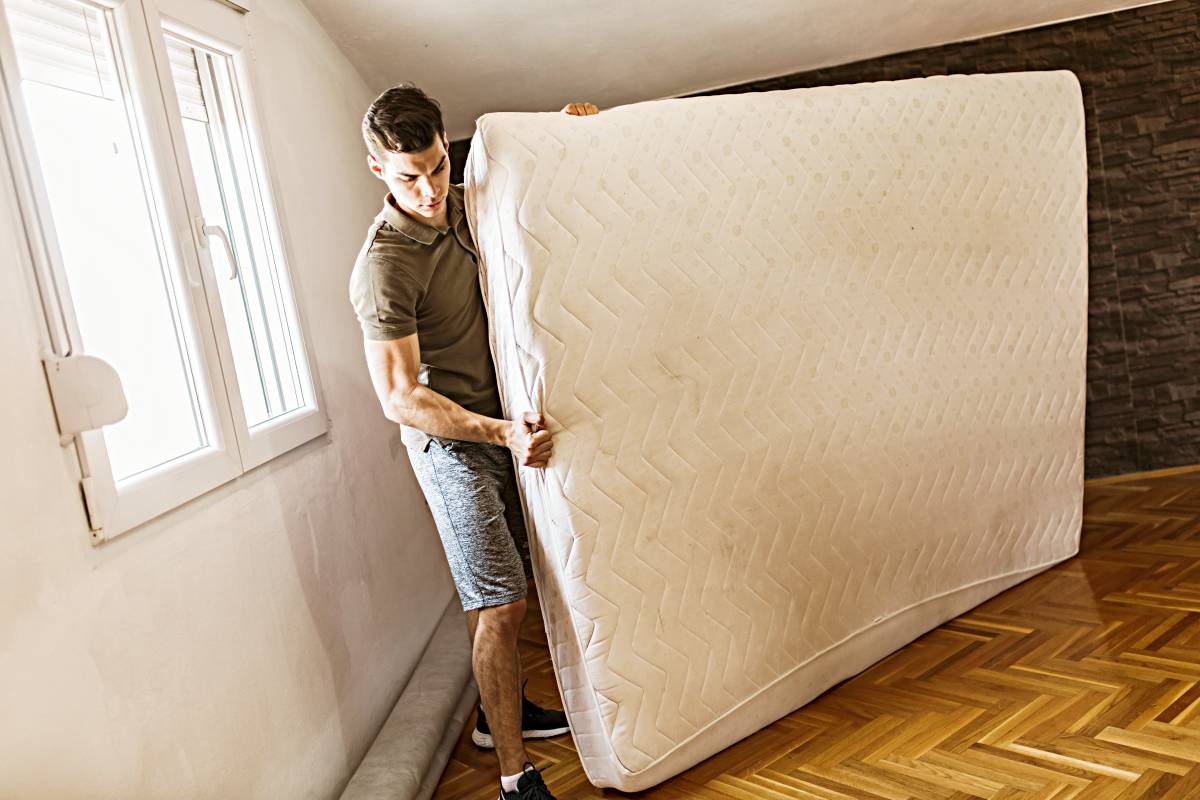
How much does mattress removal cost?
Read more
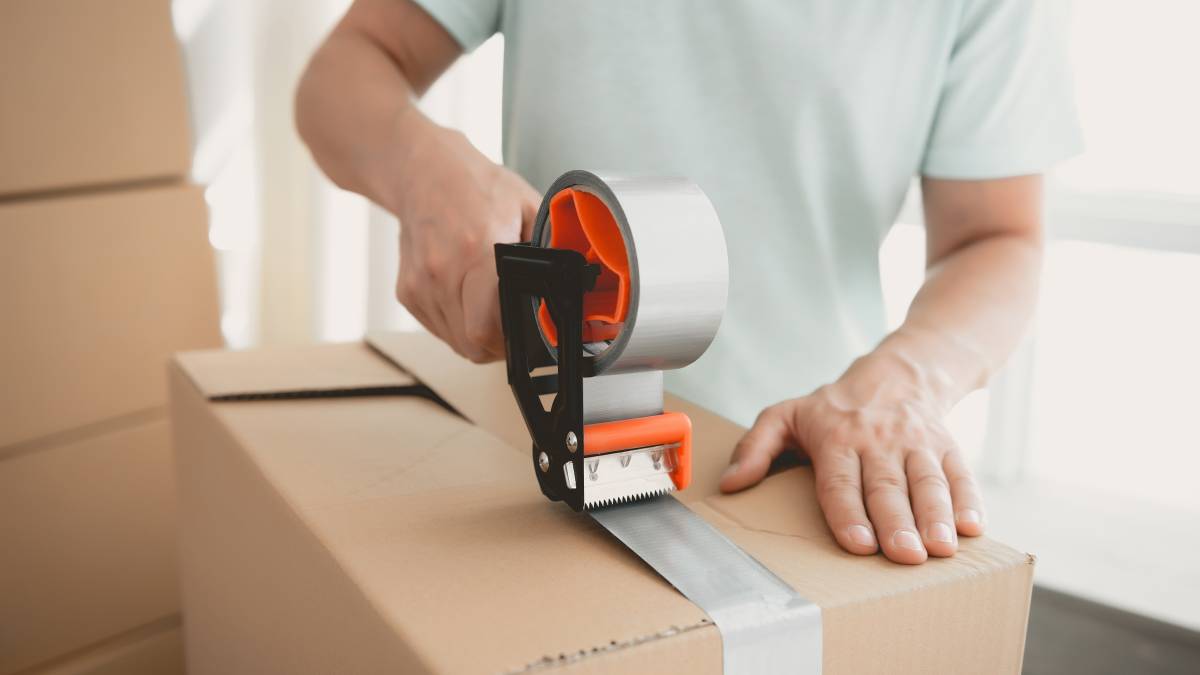
How much do packers cost?
Read more
